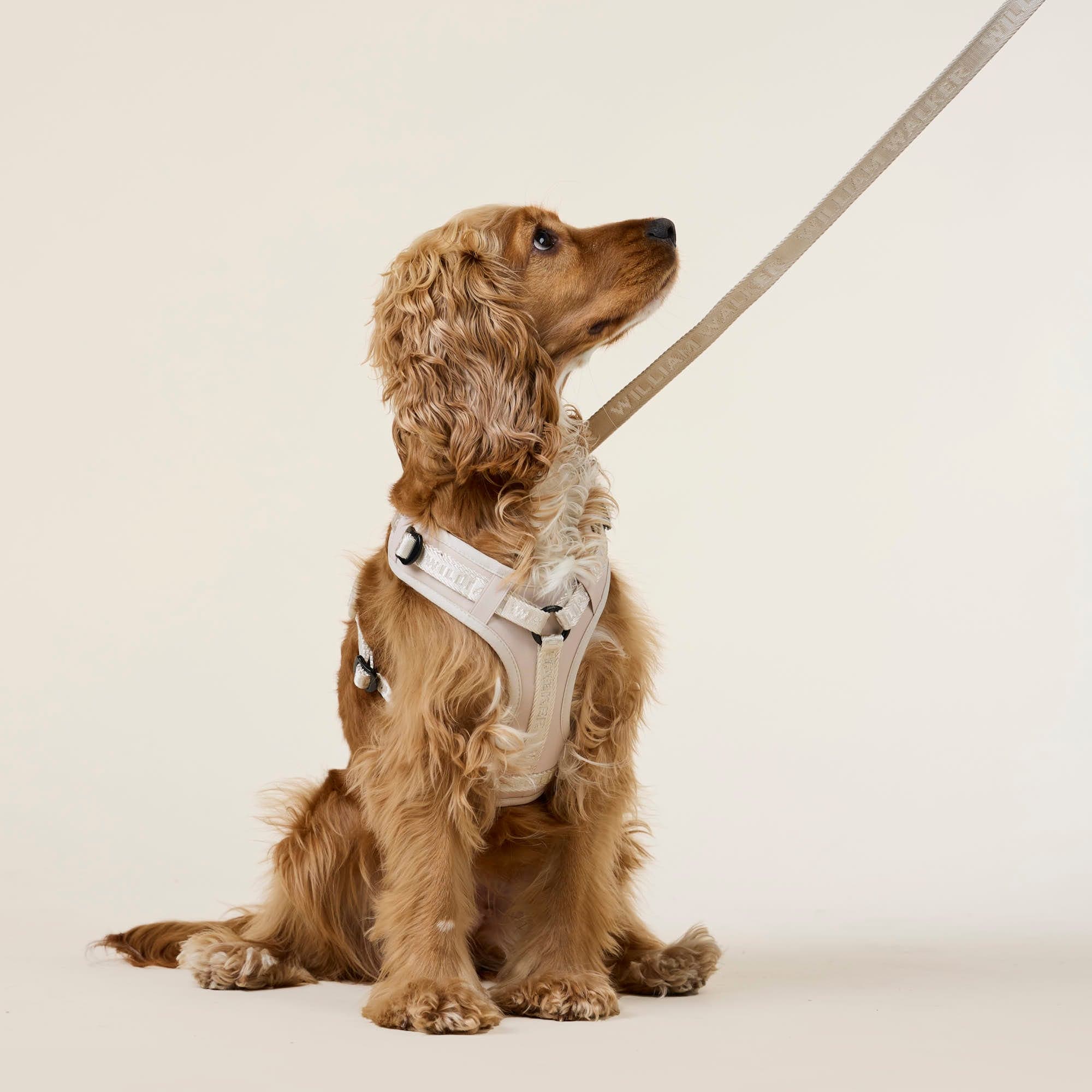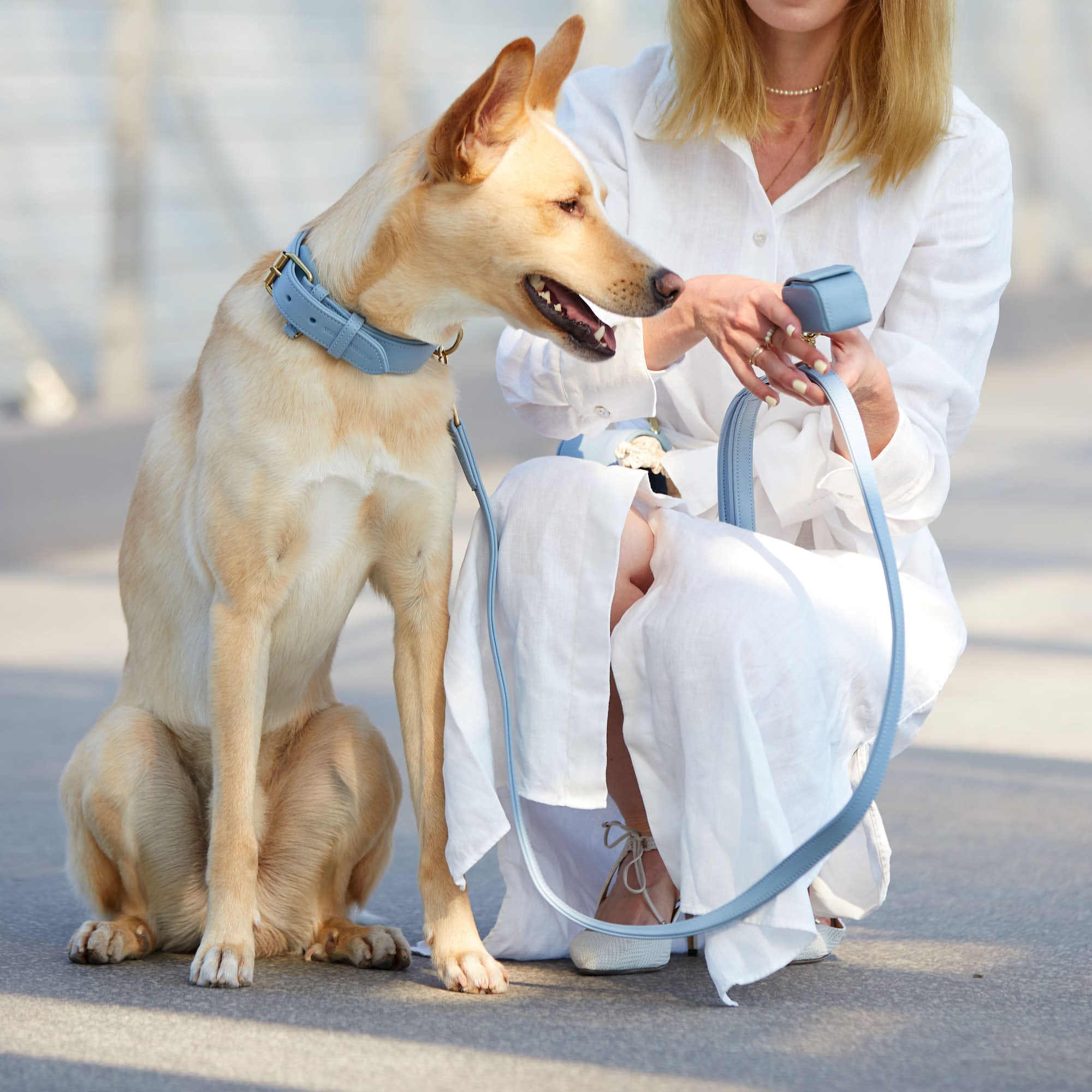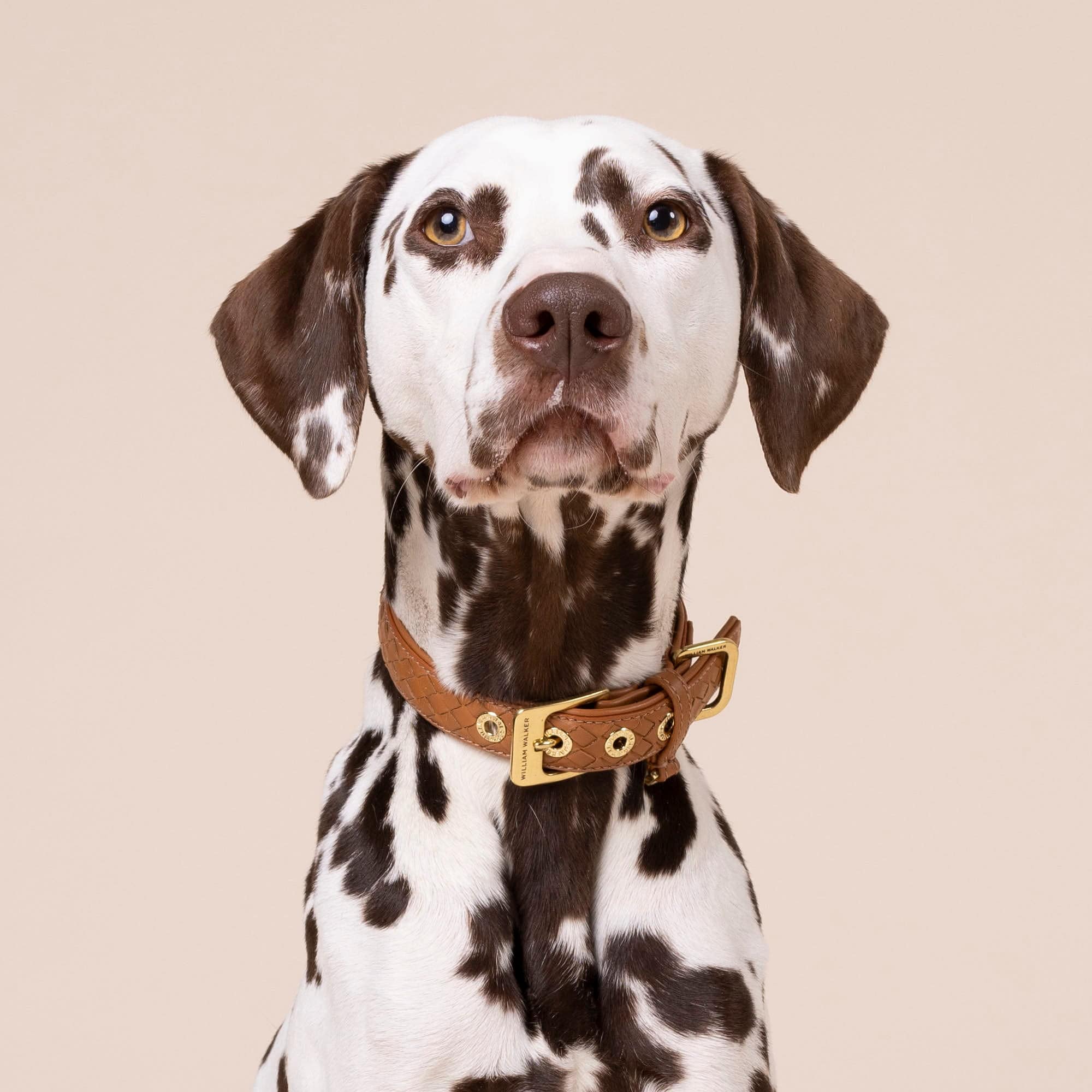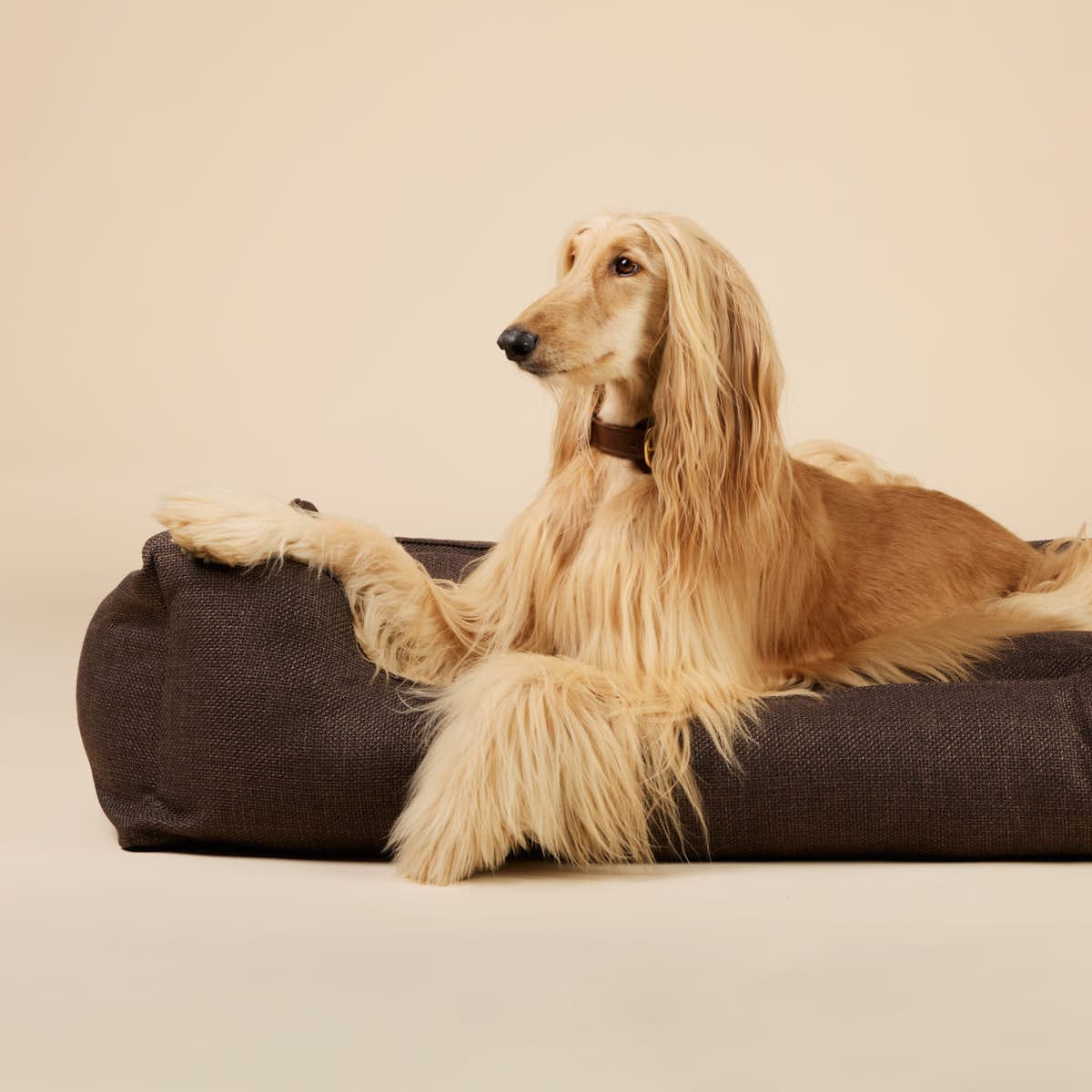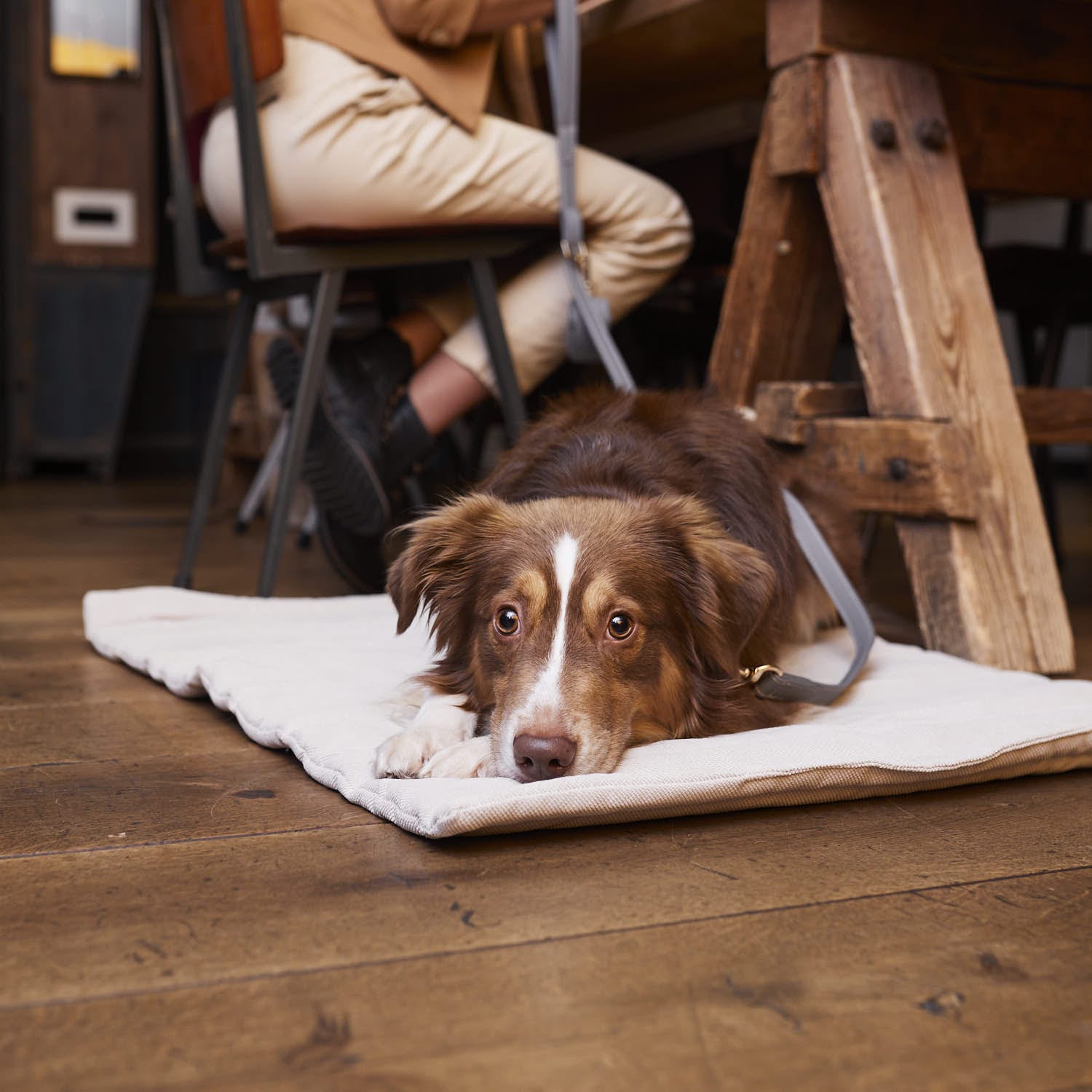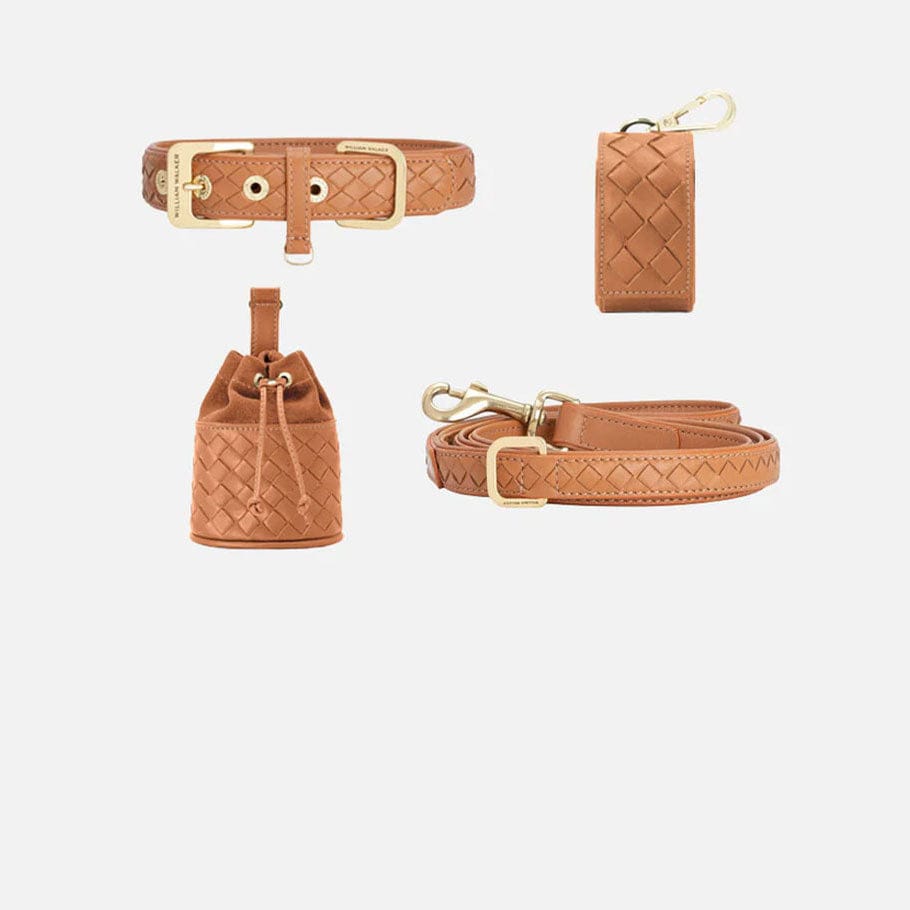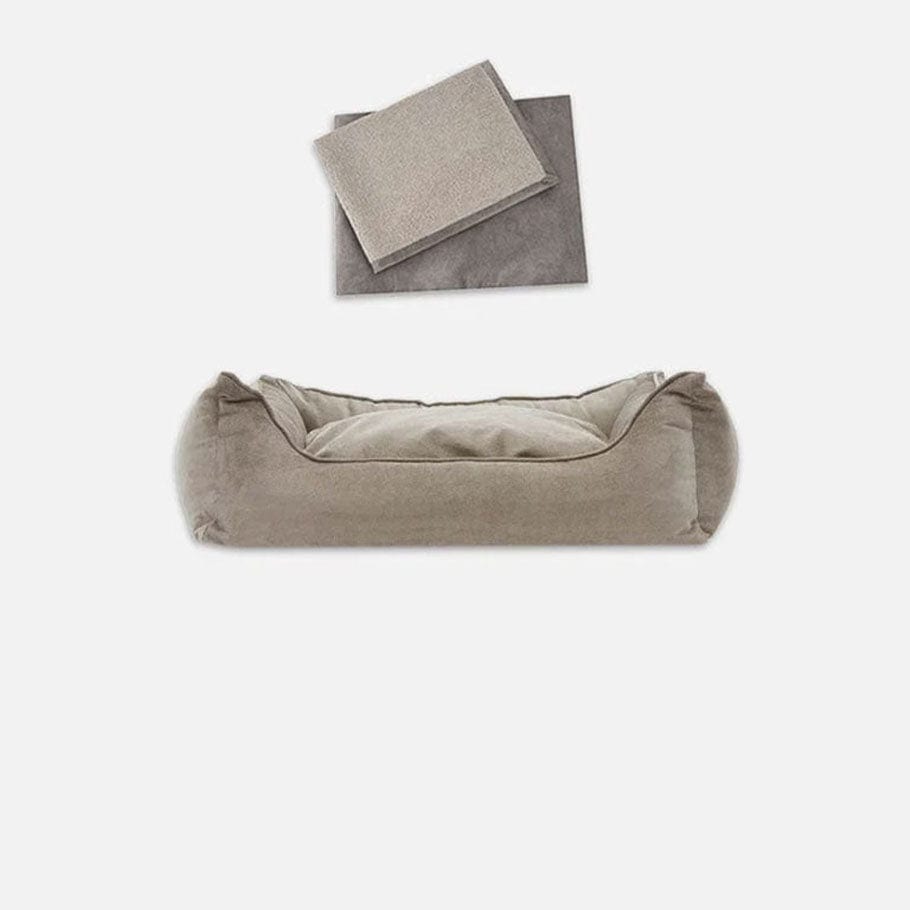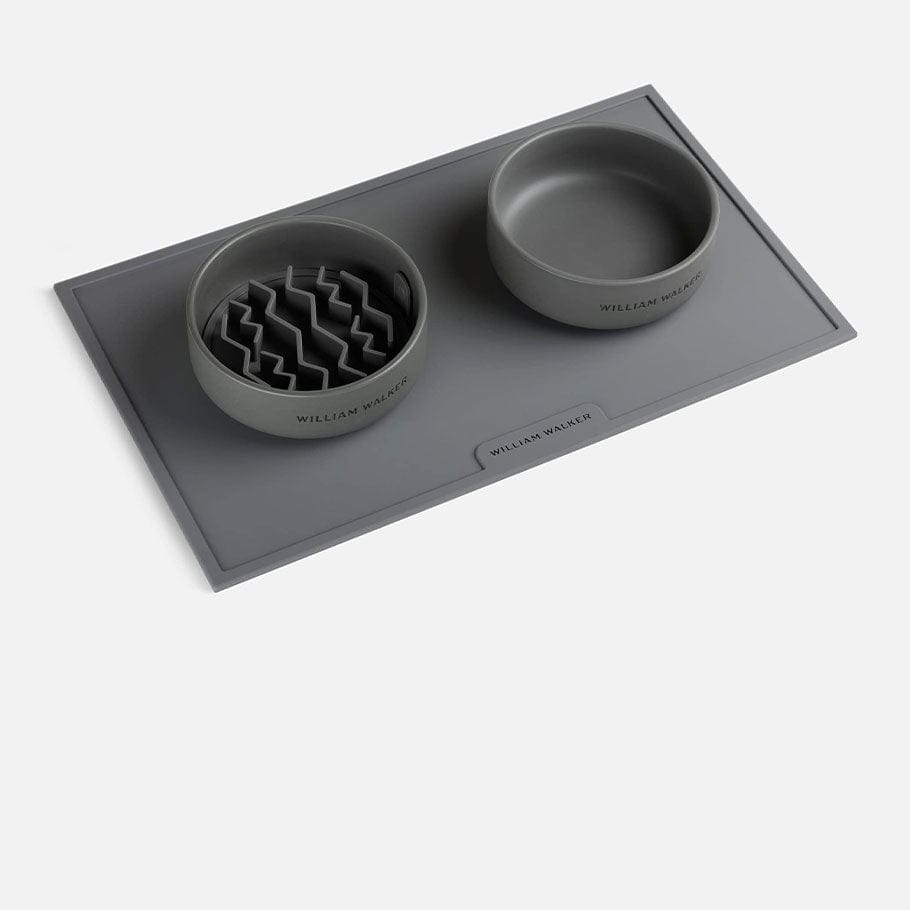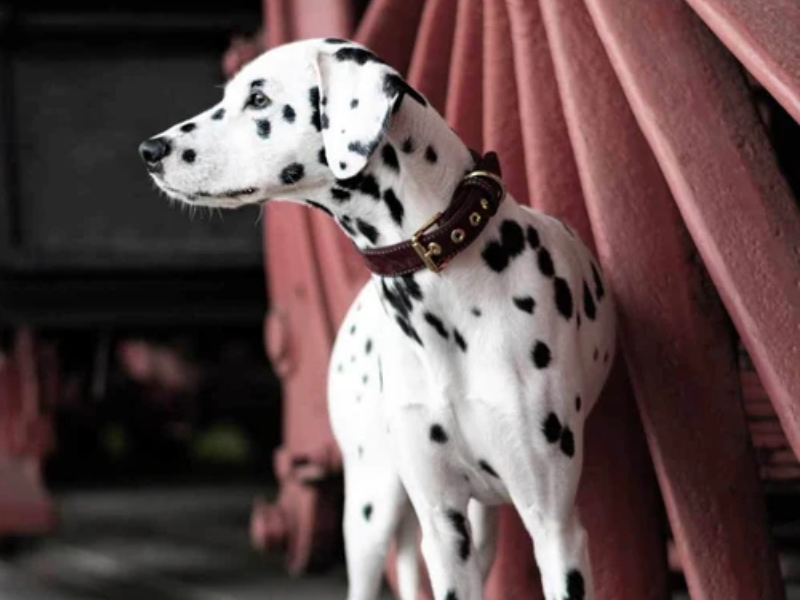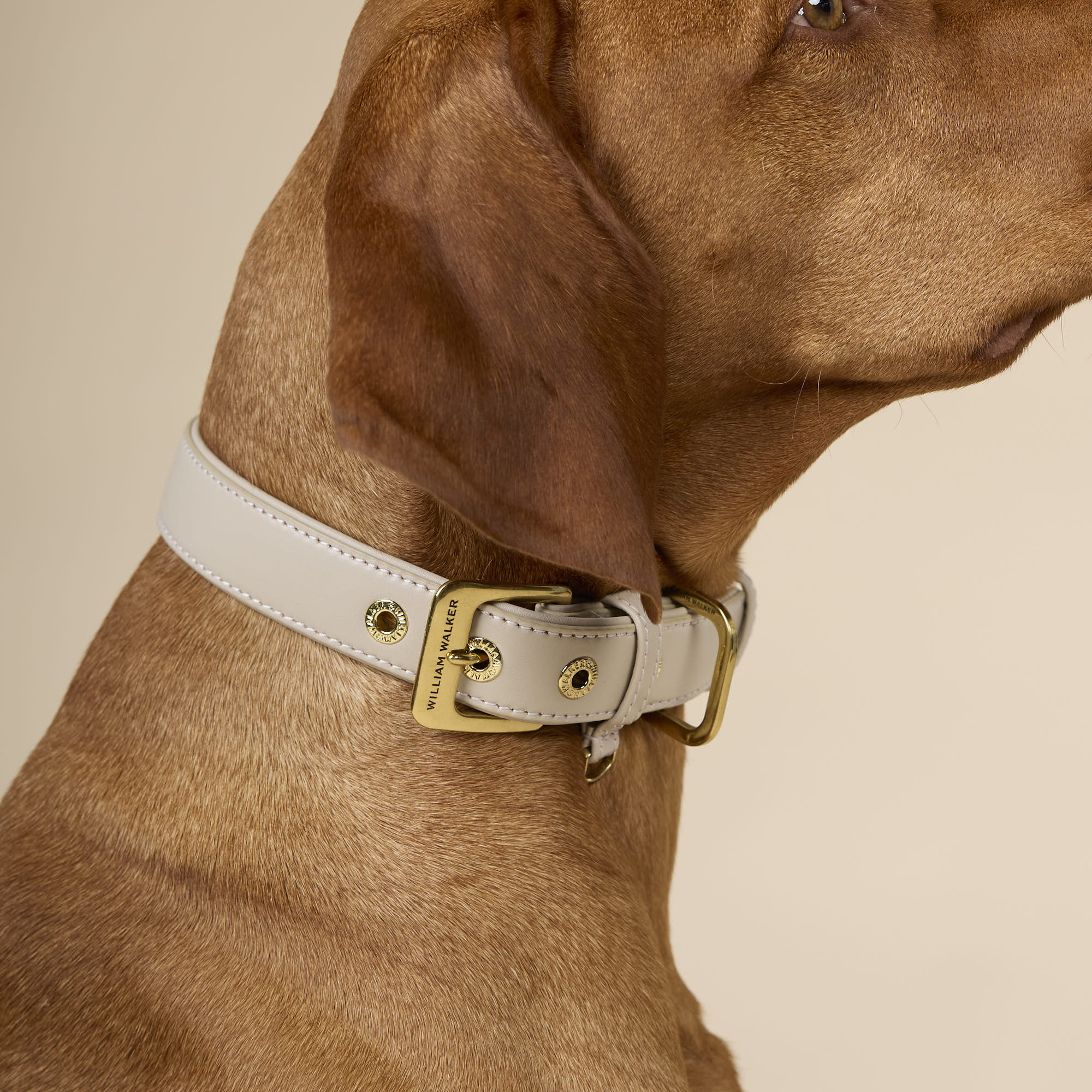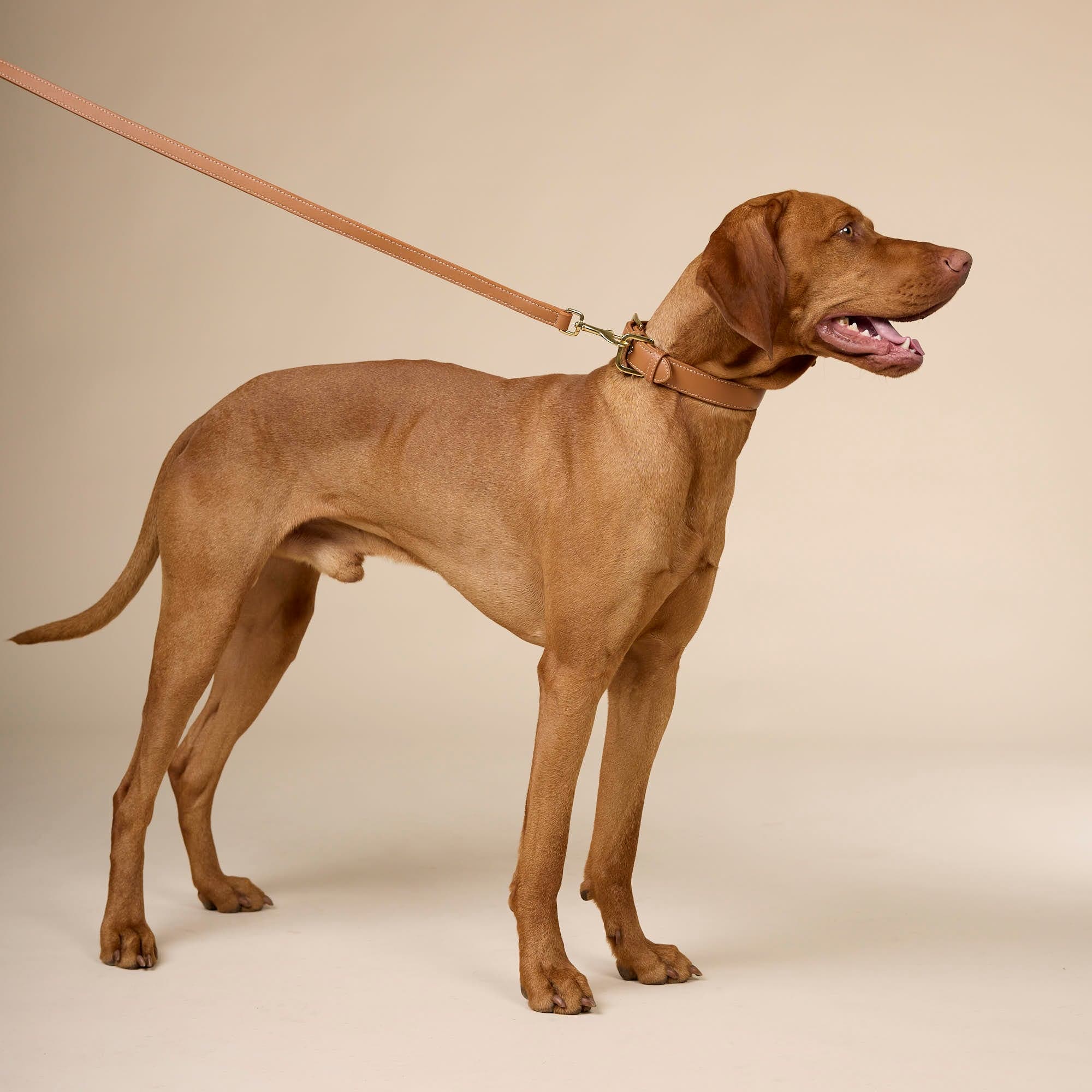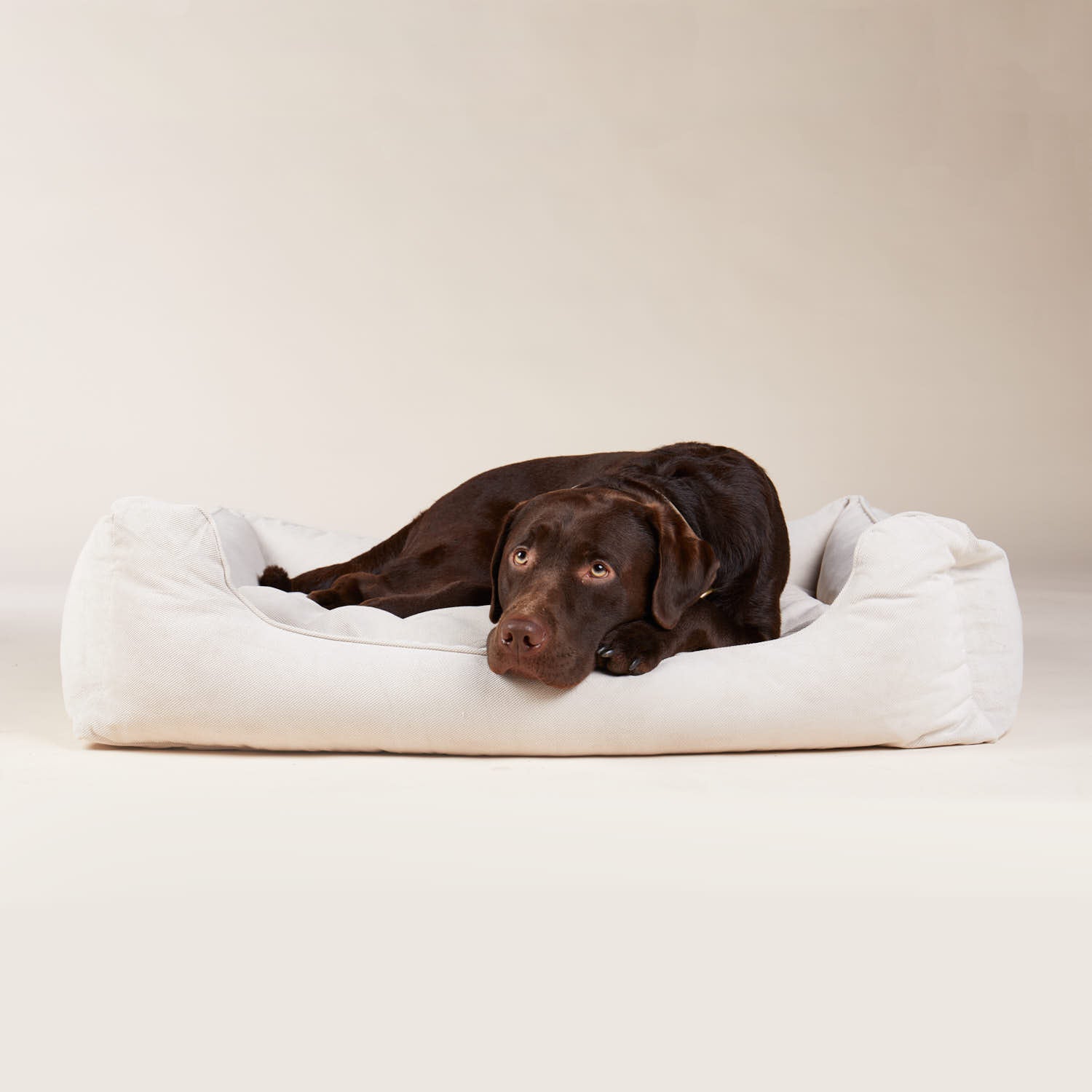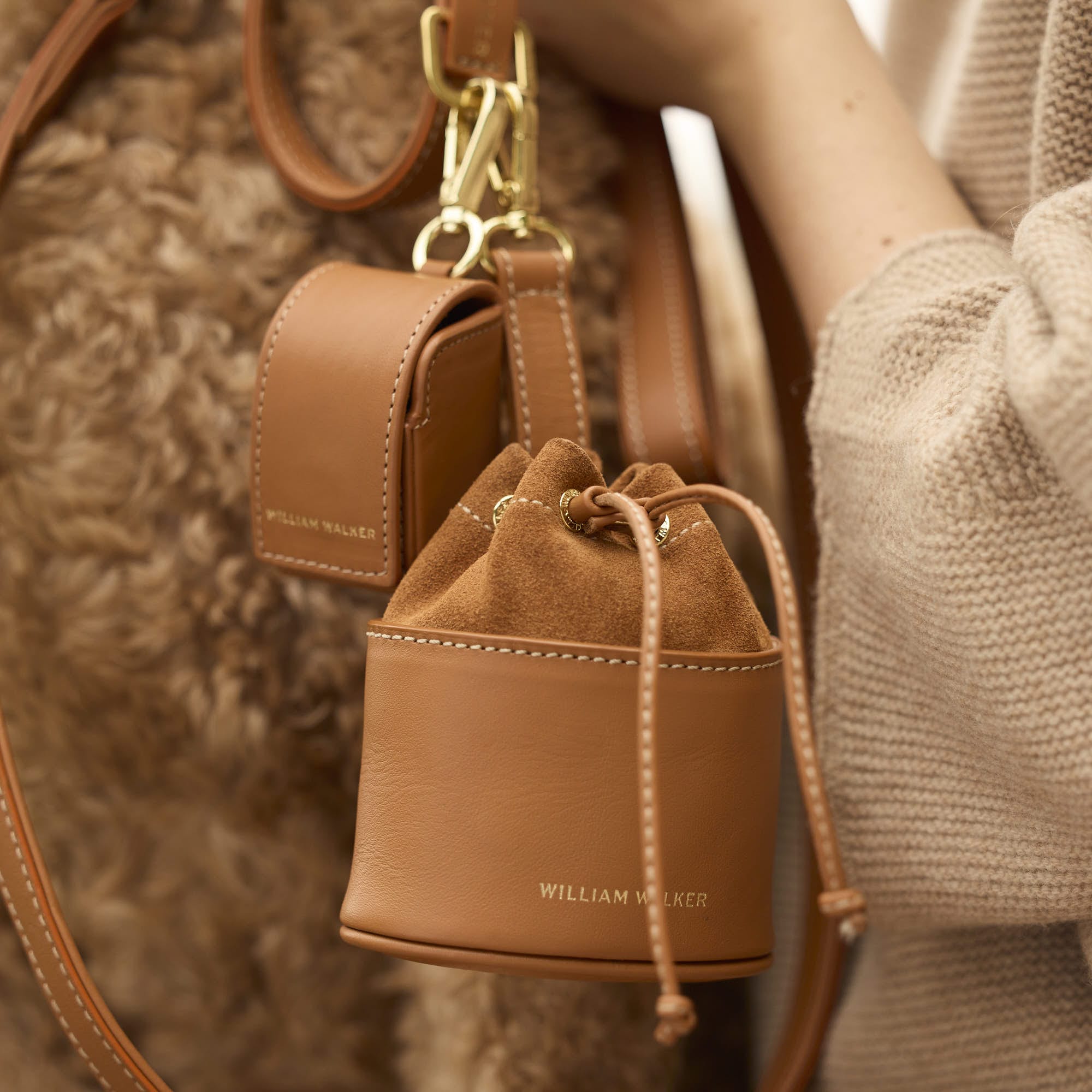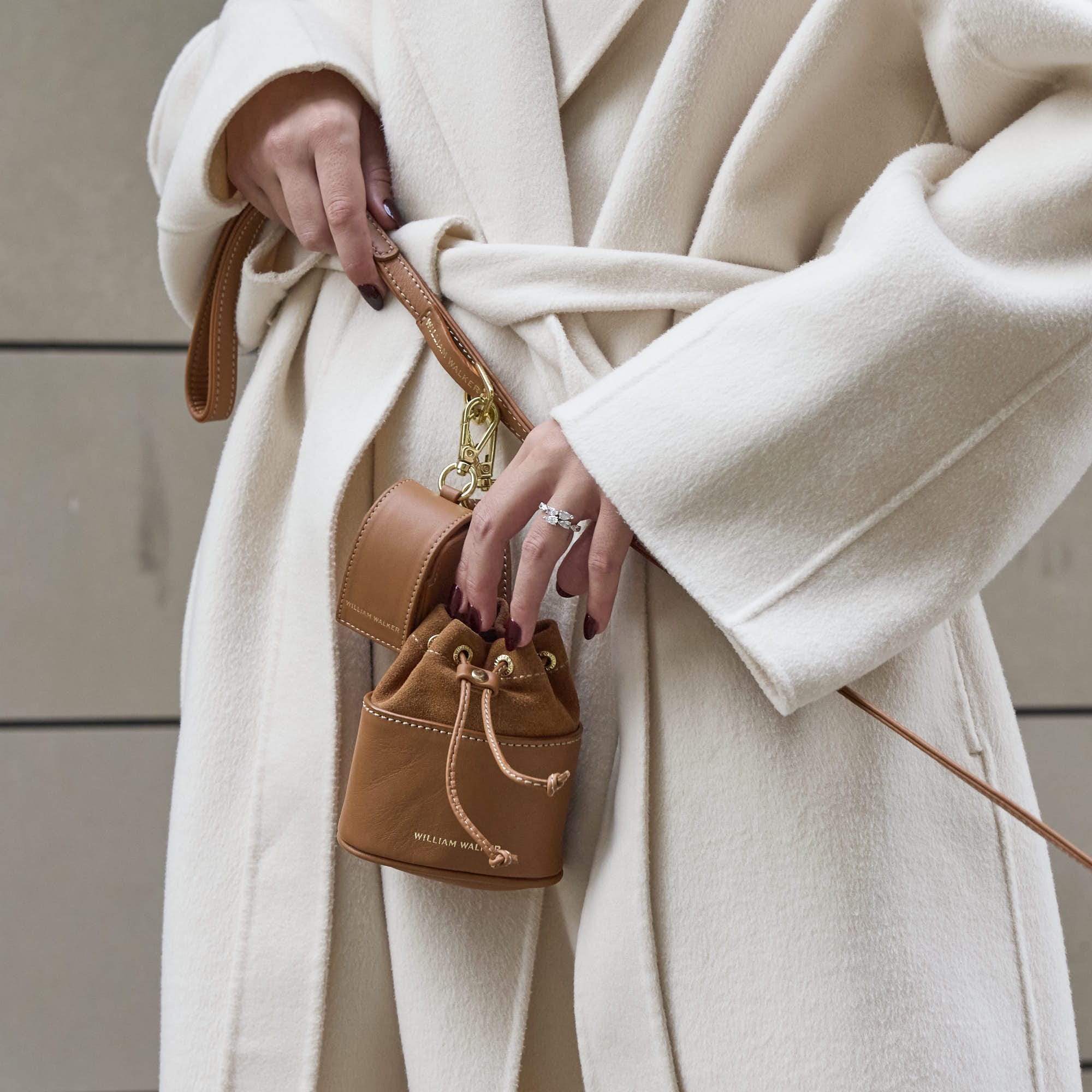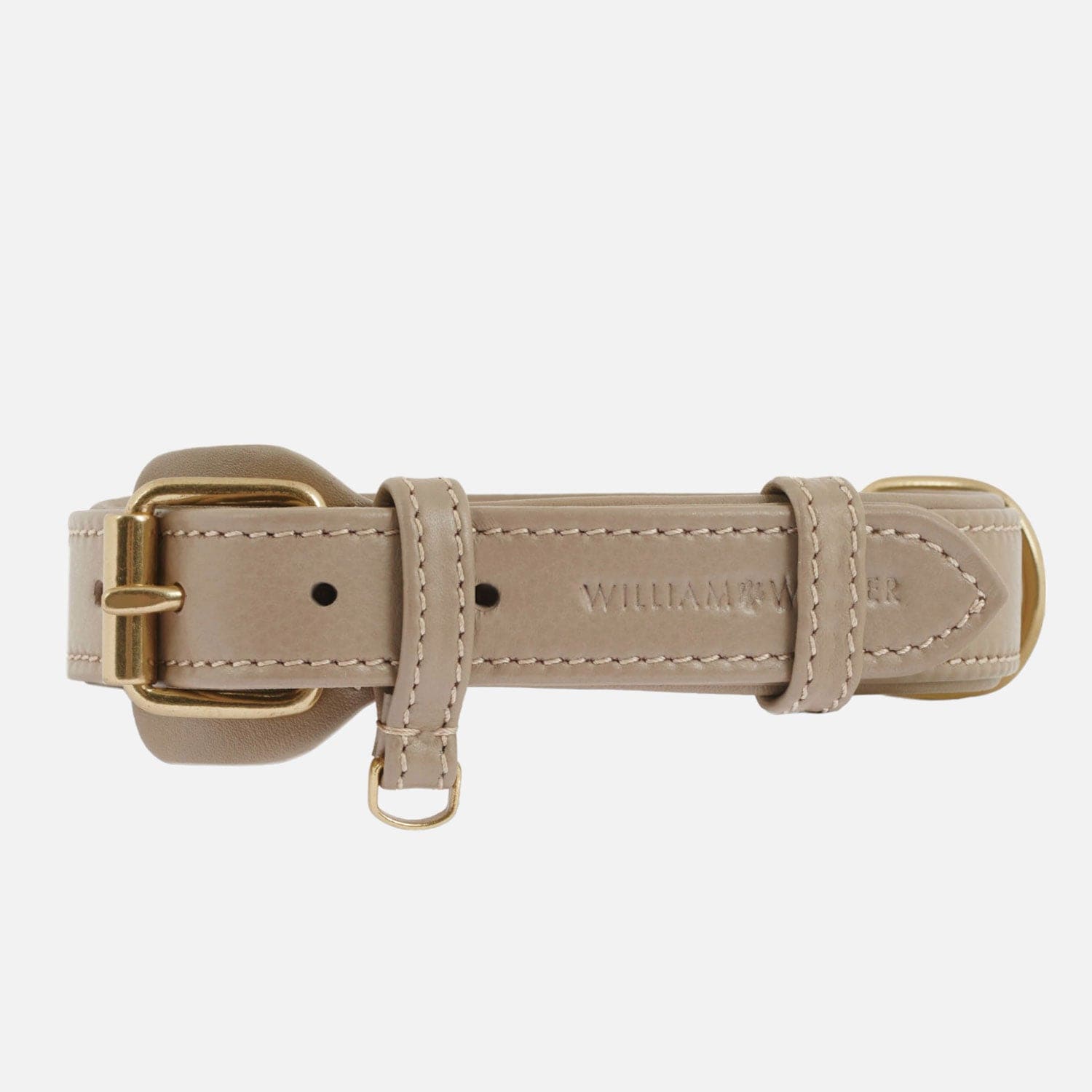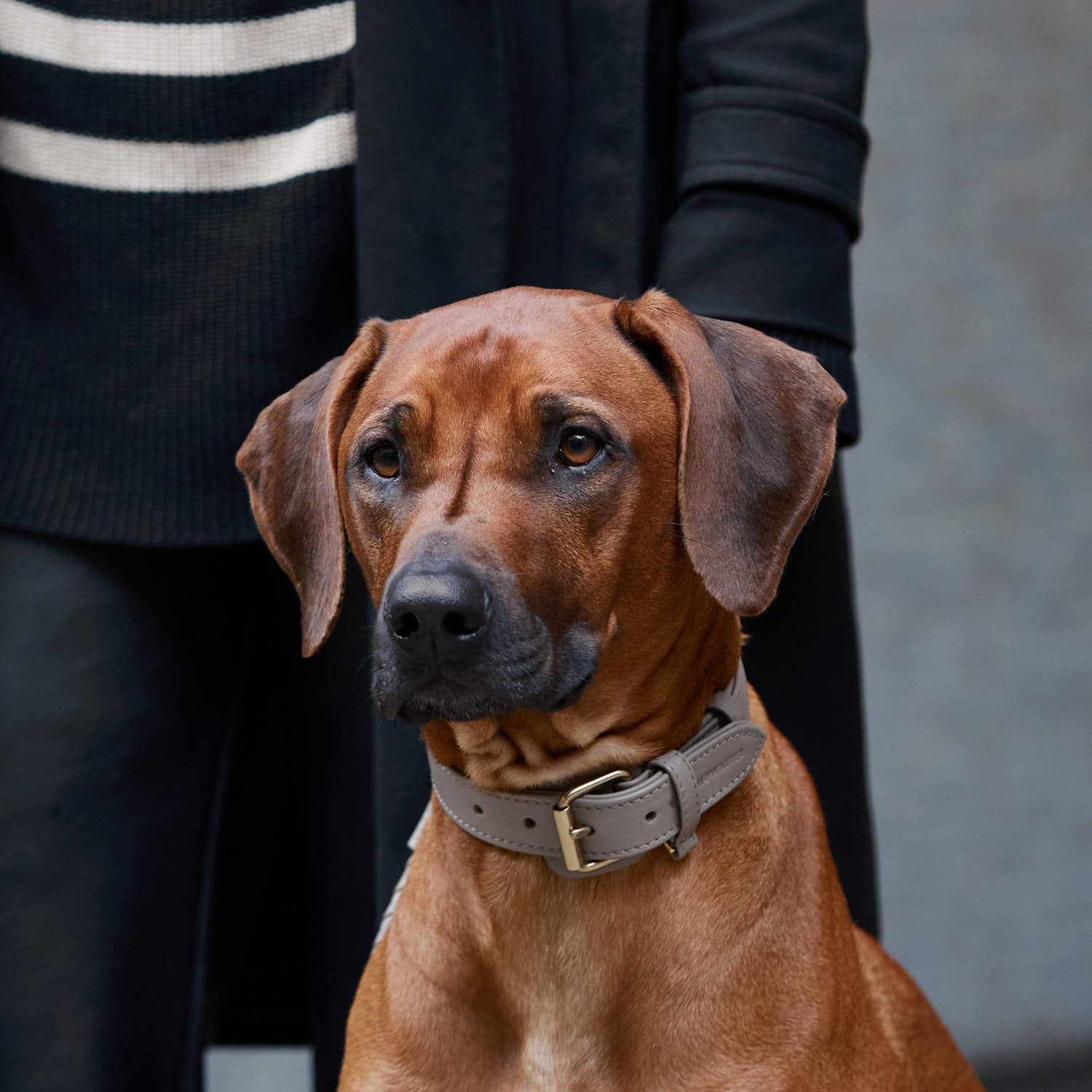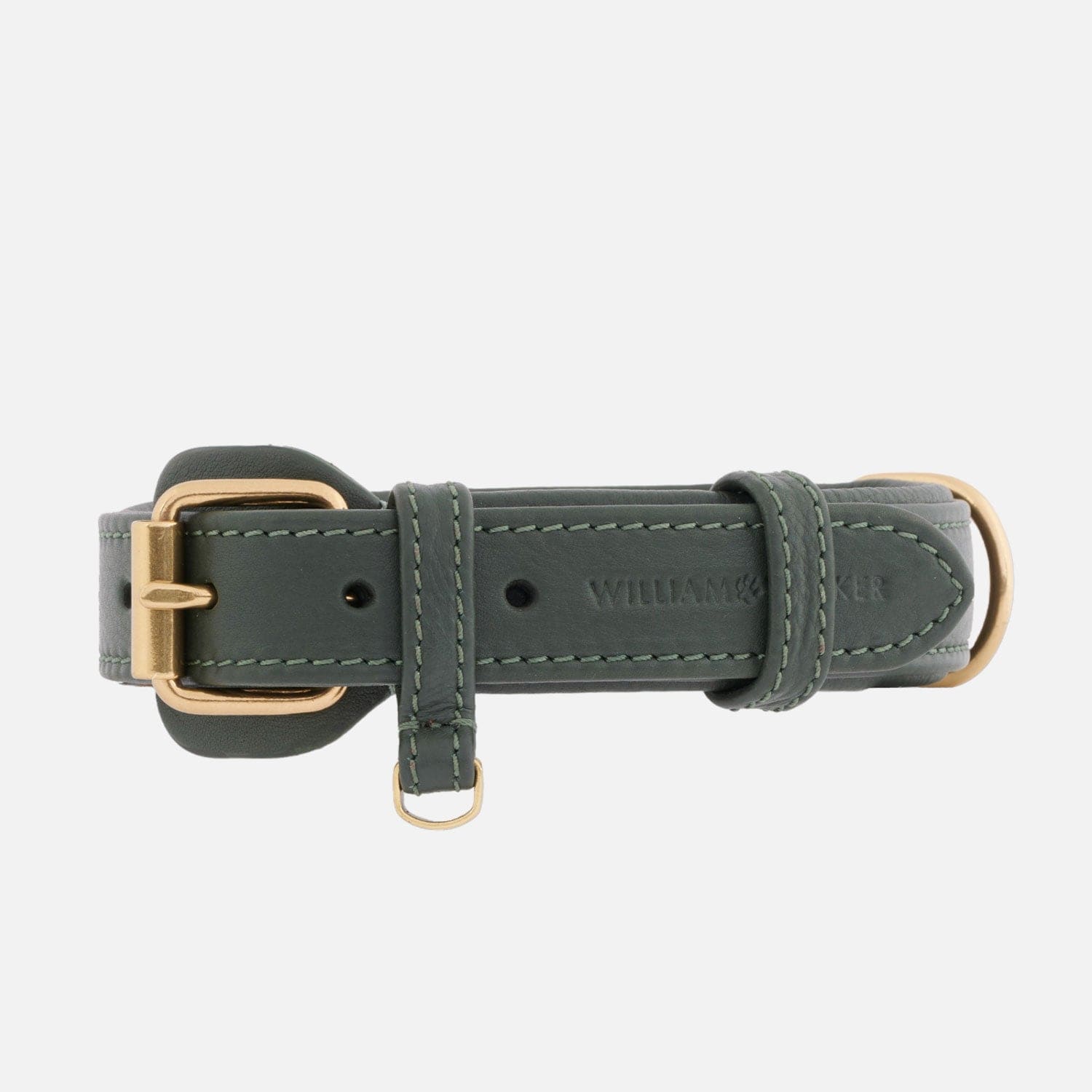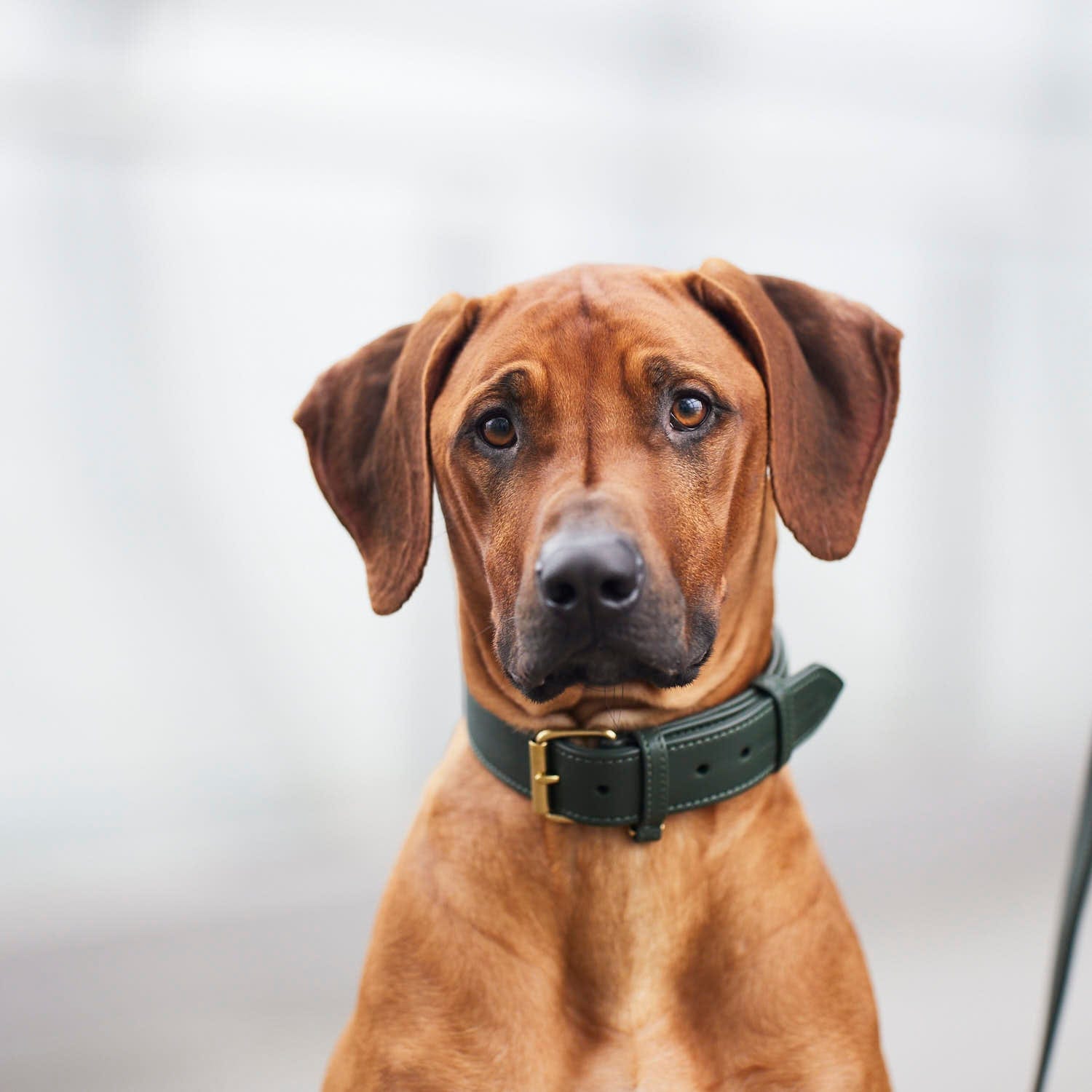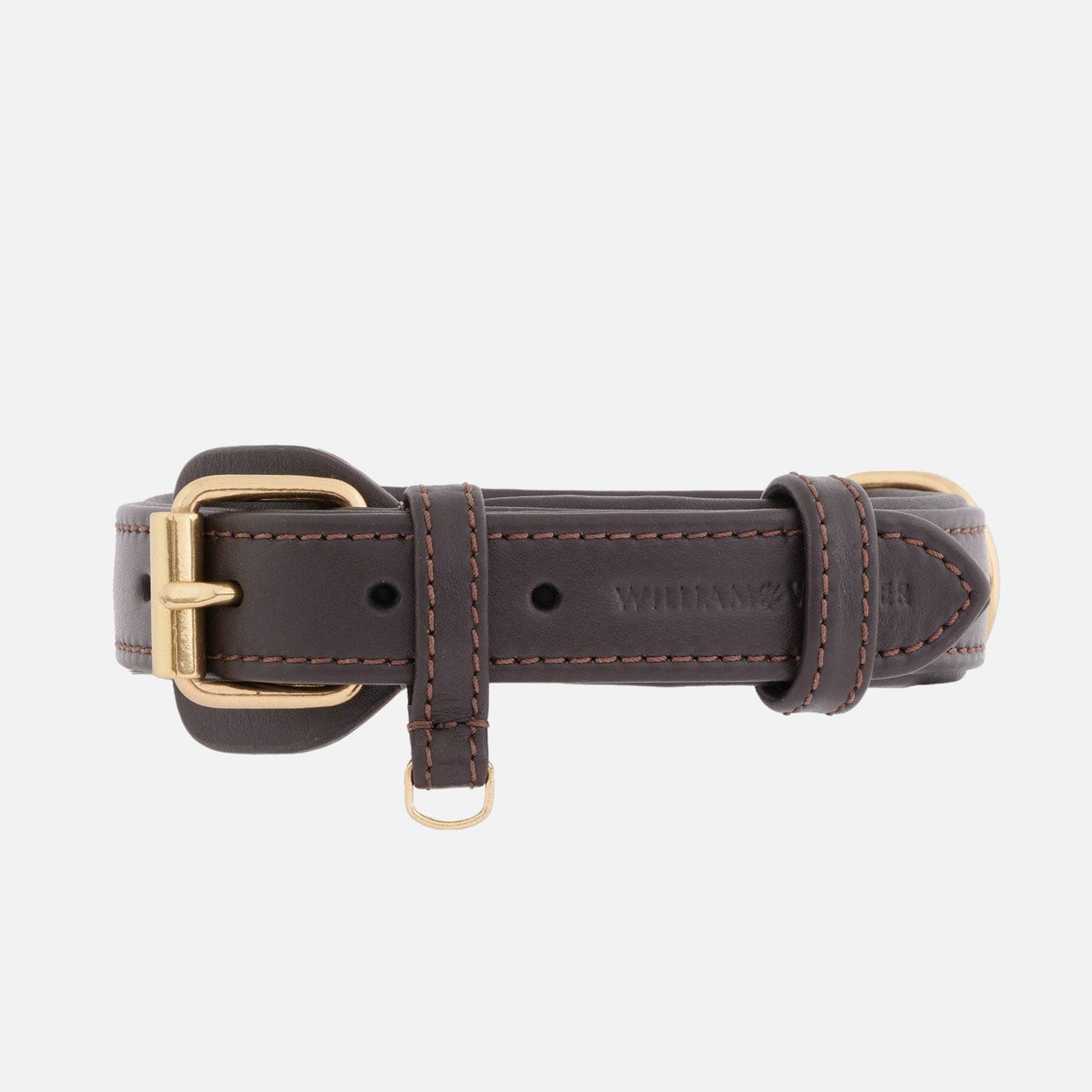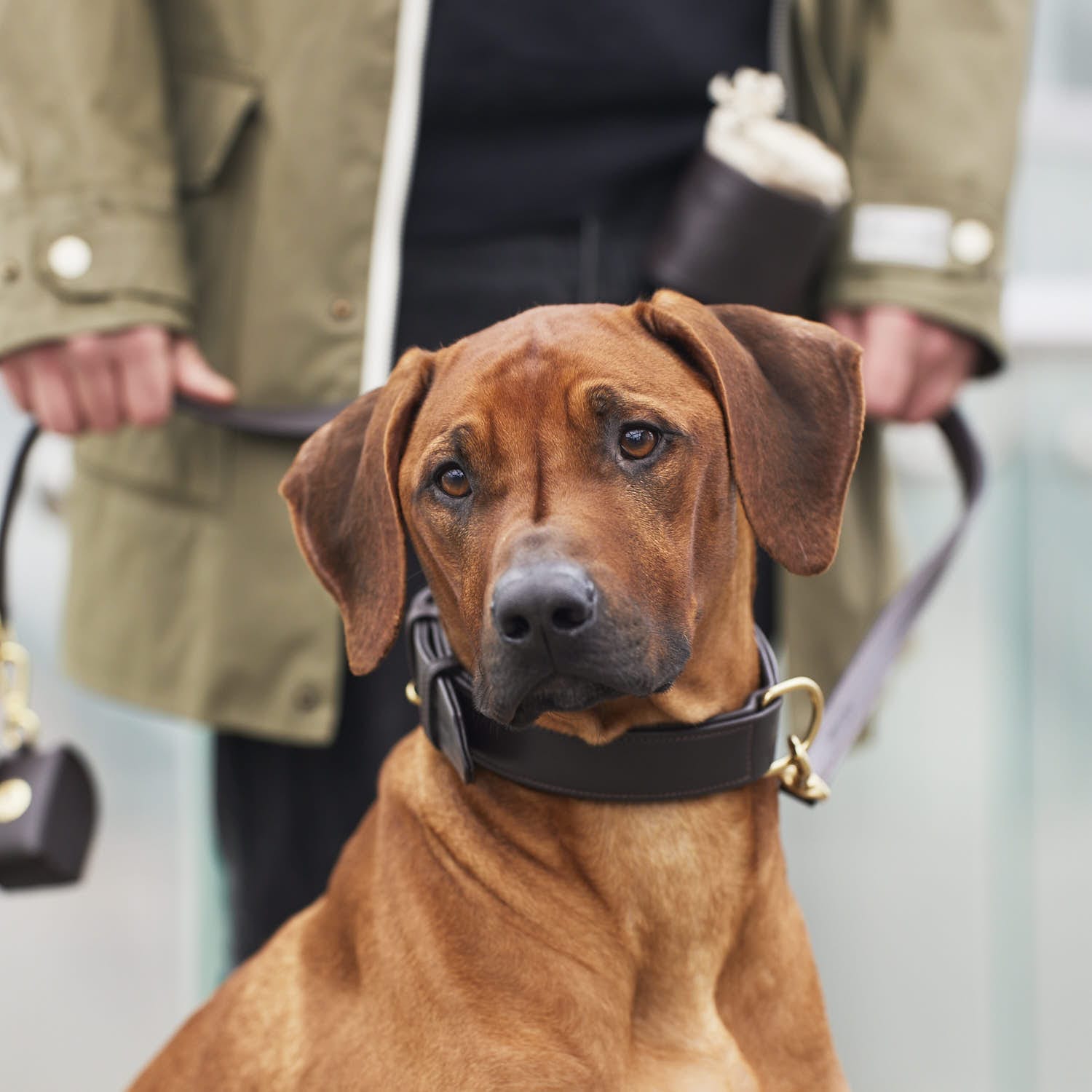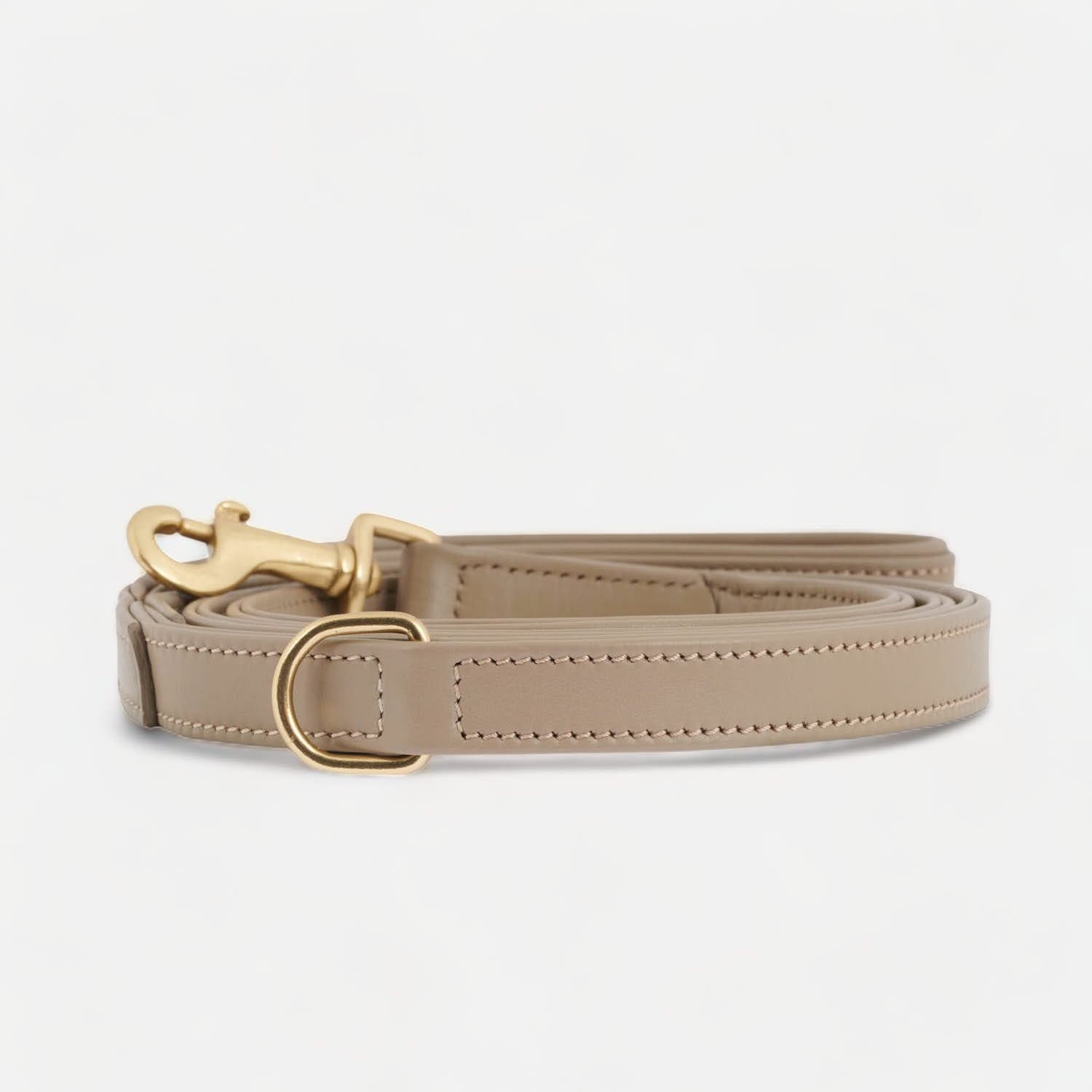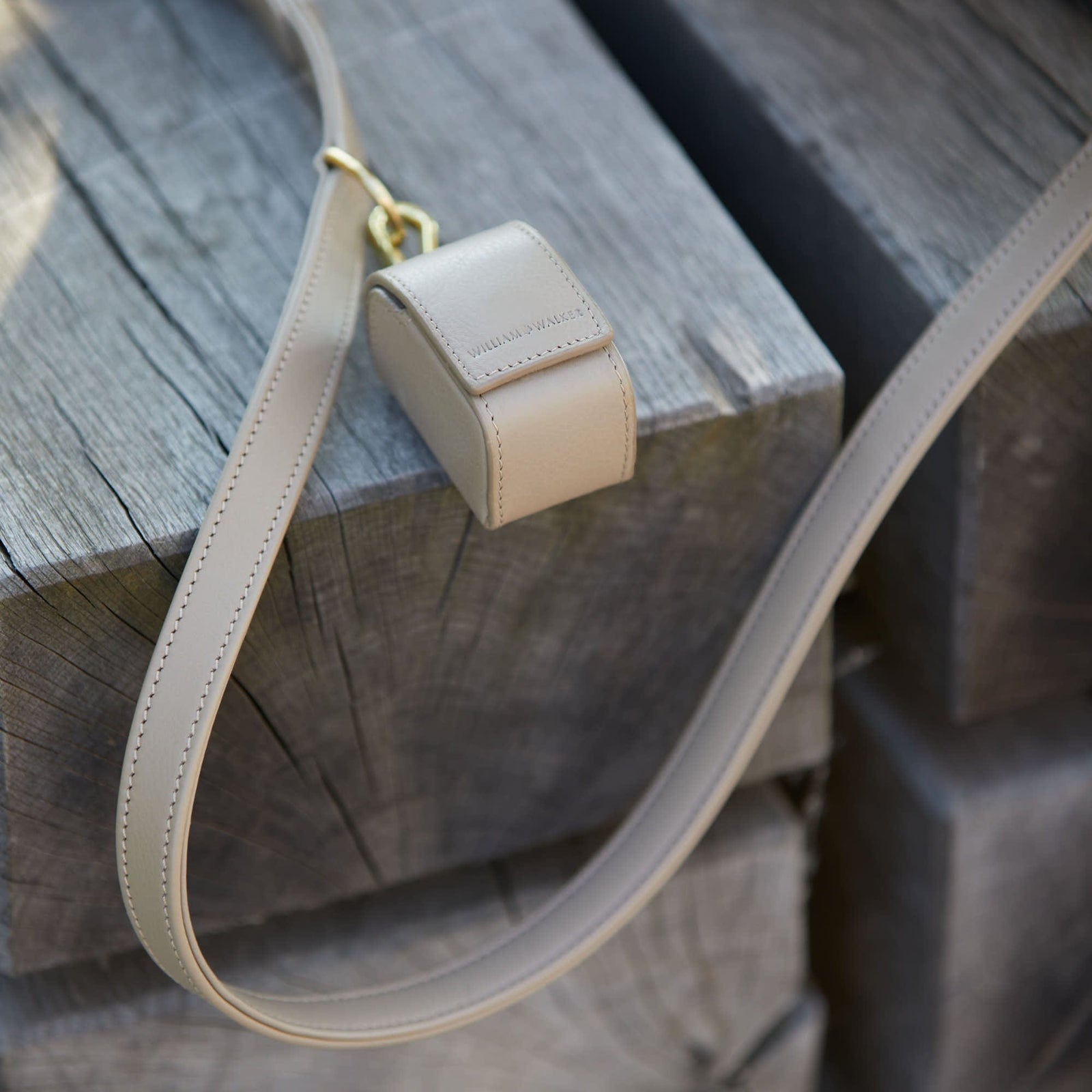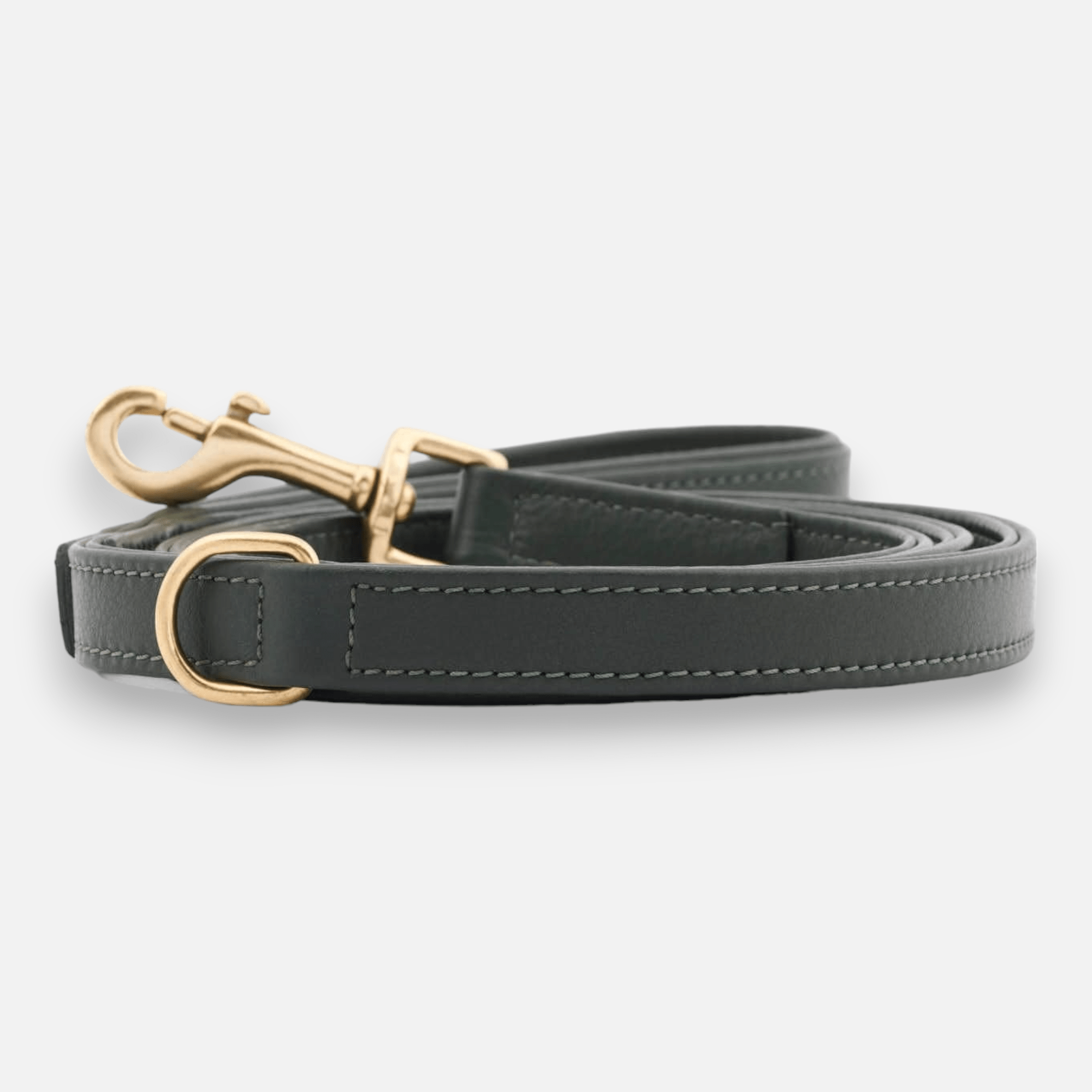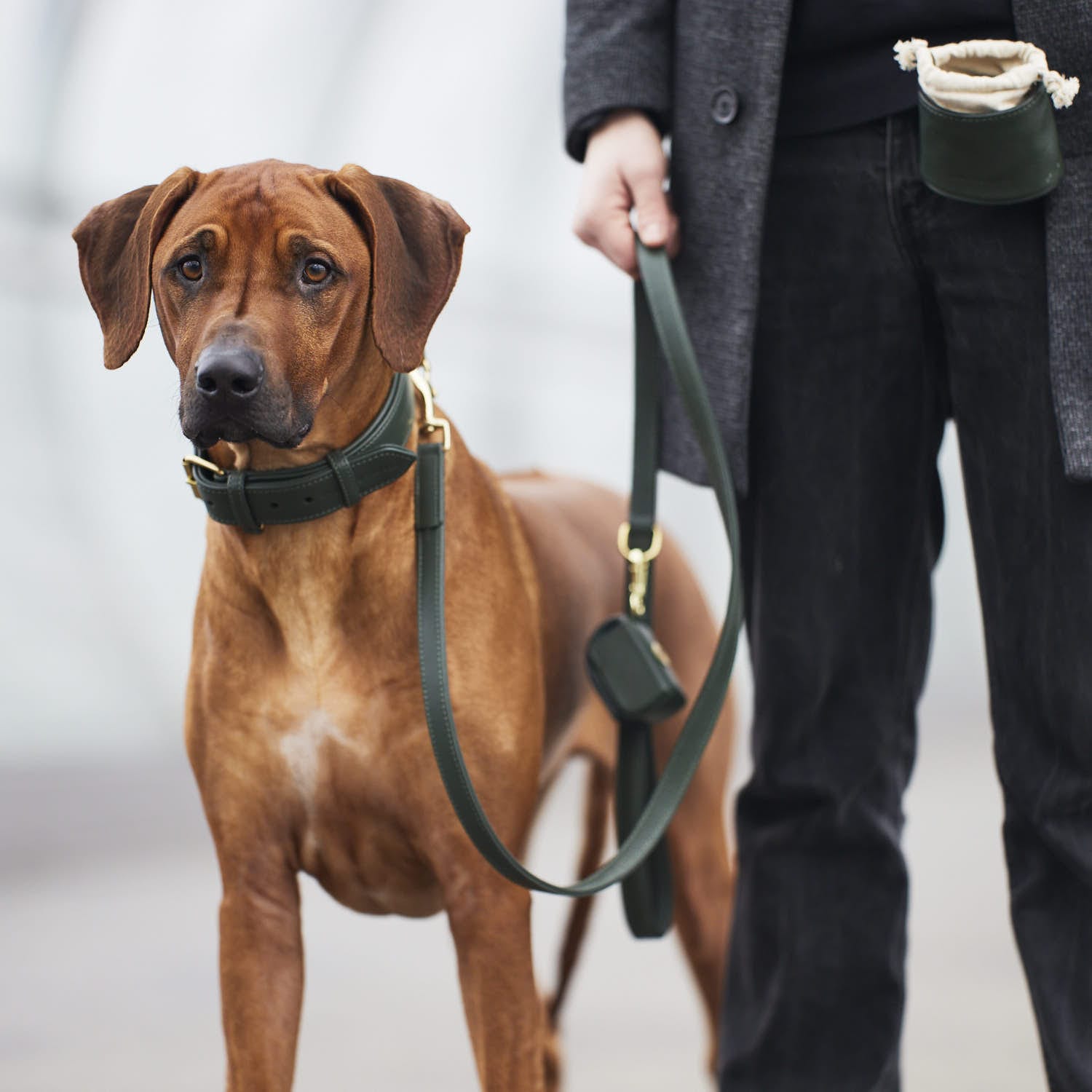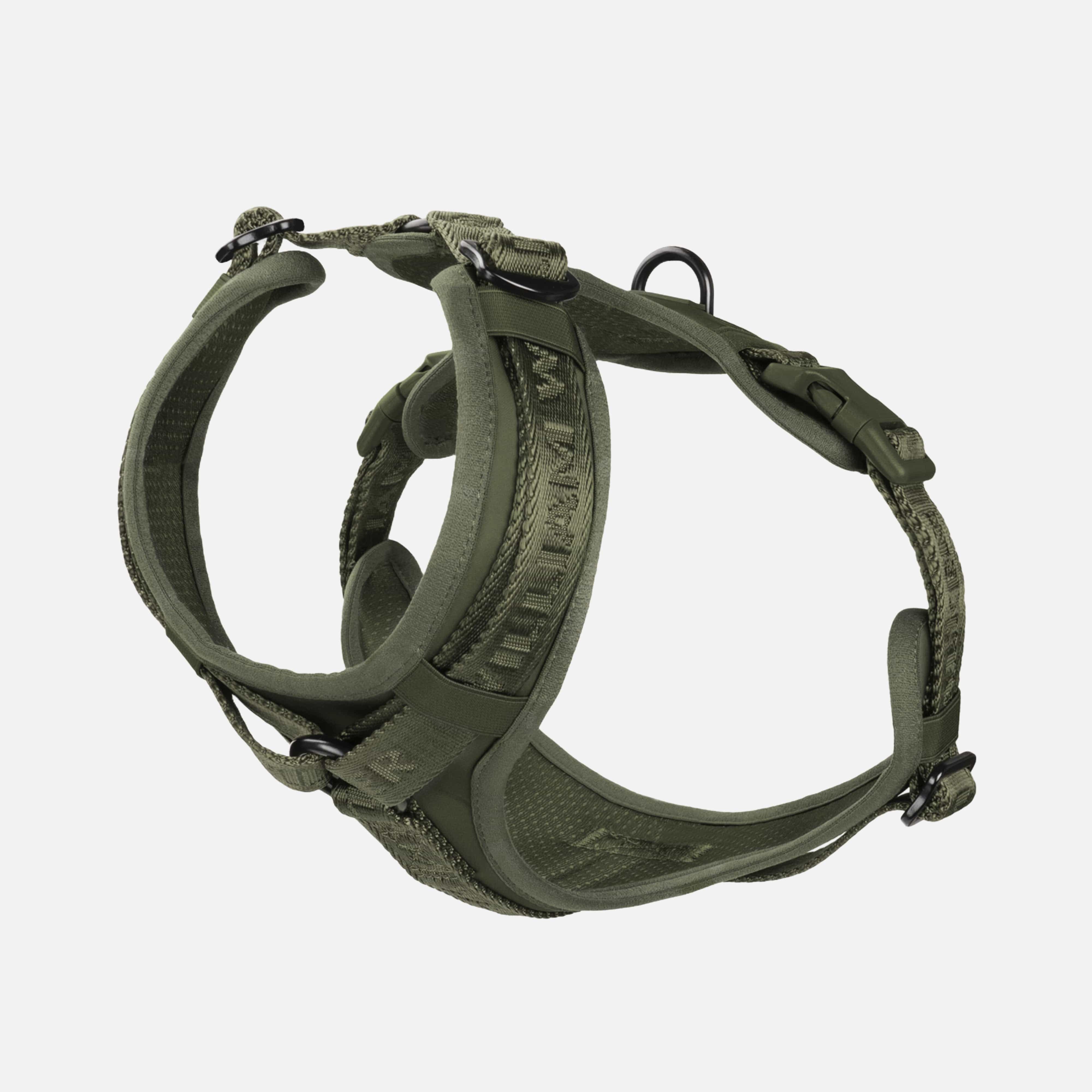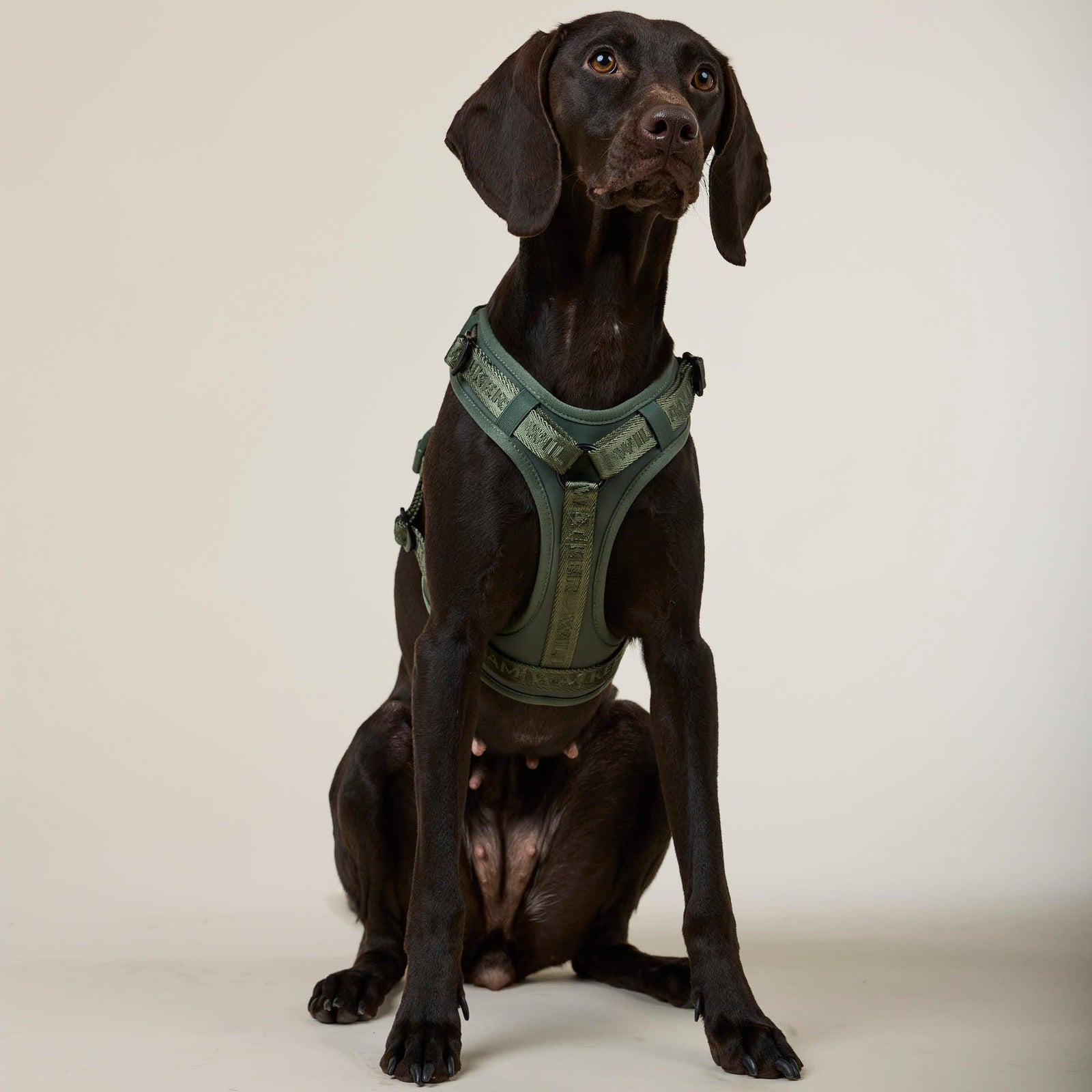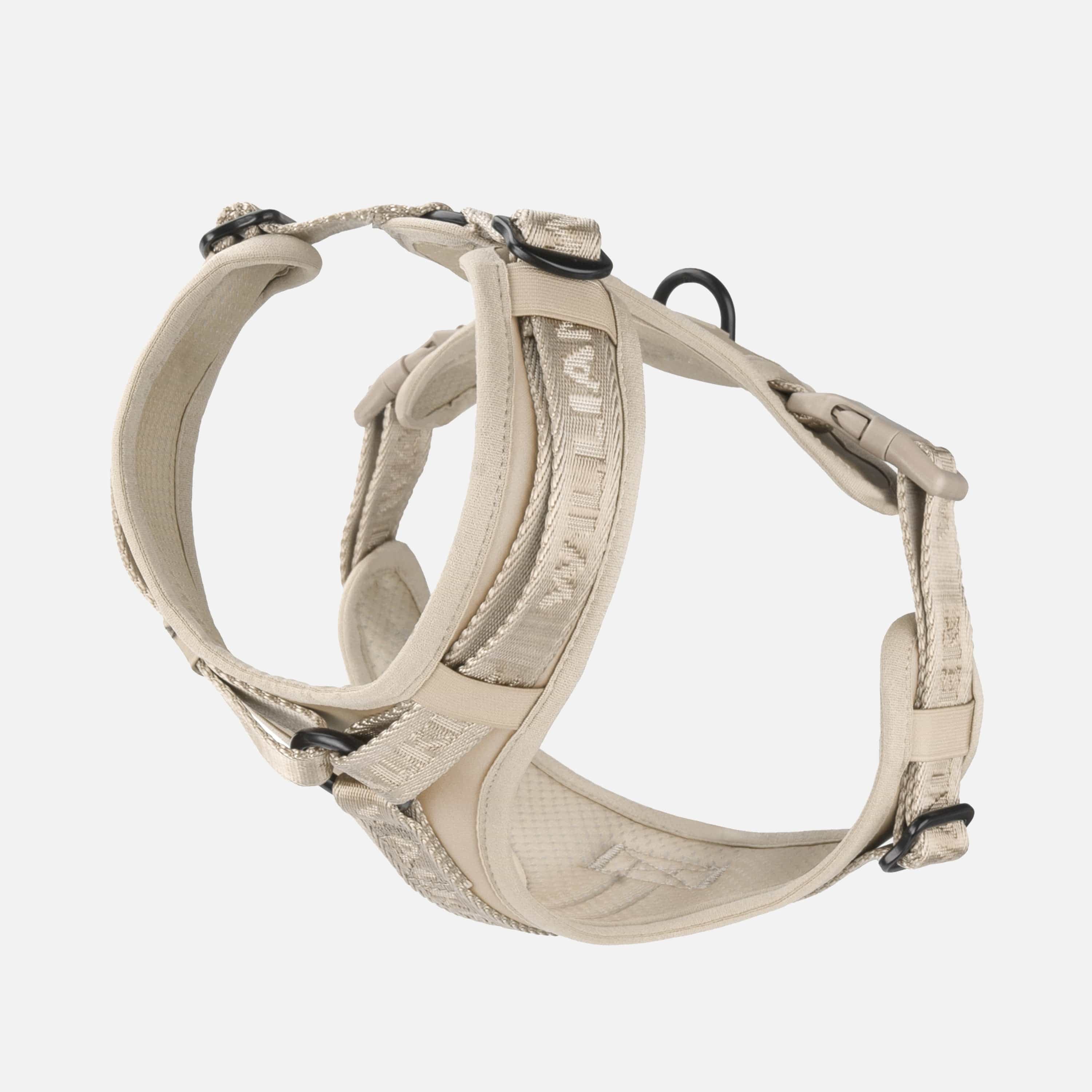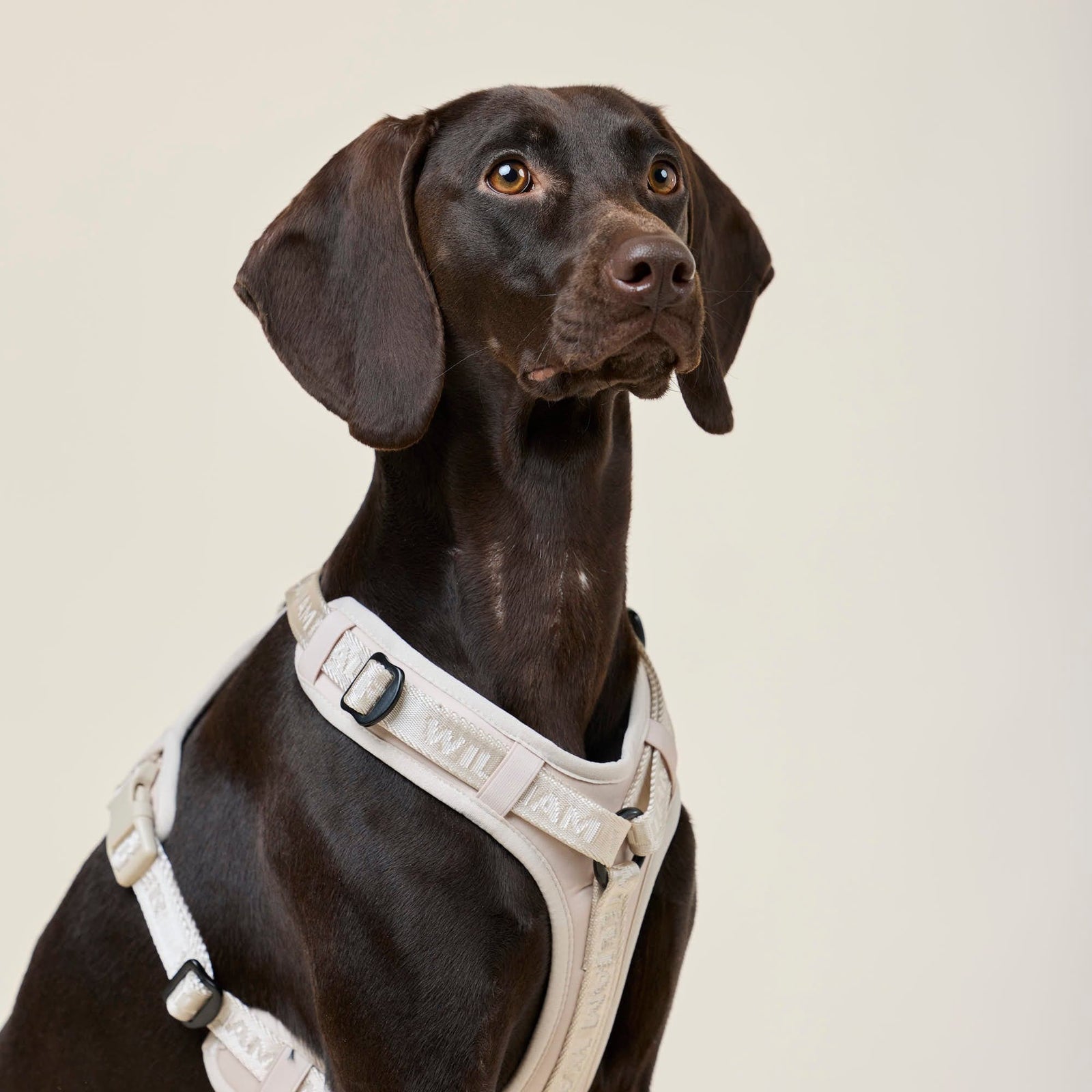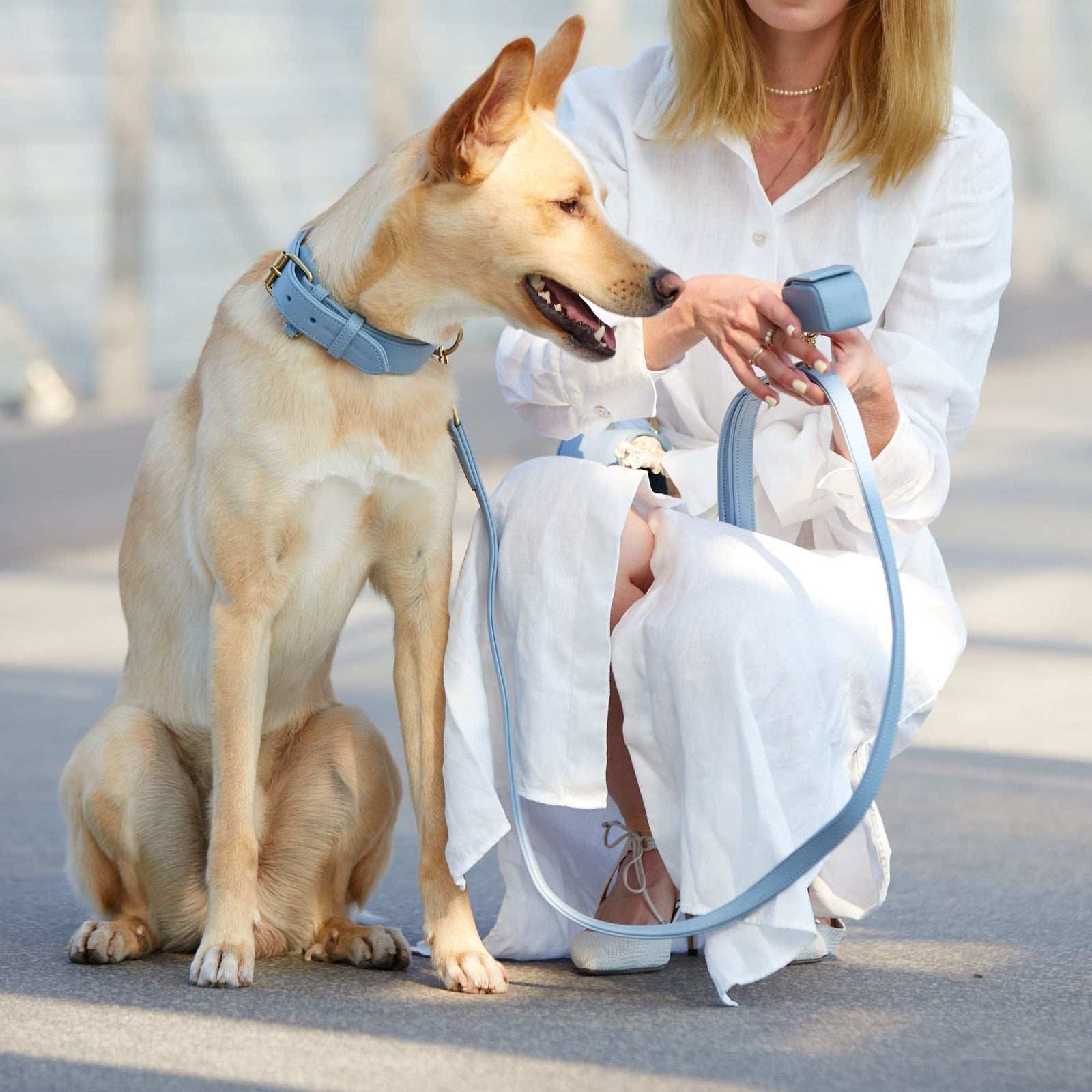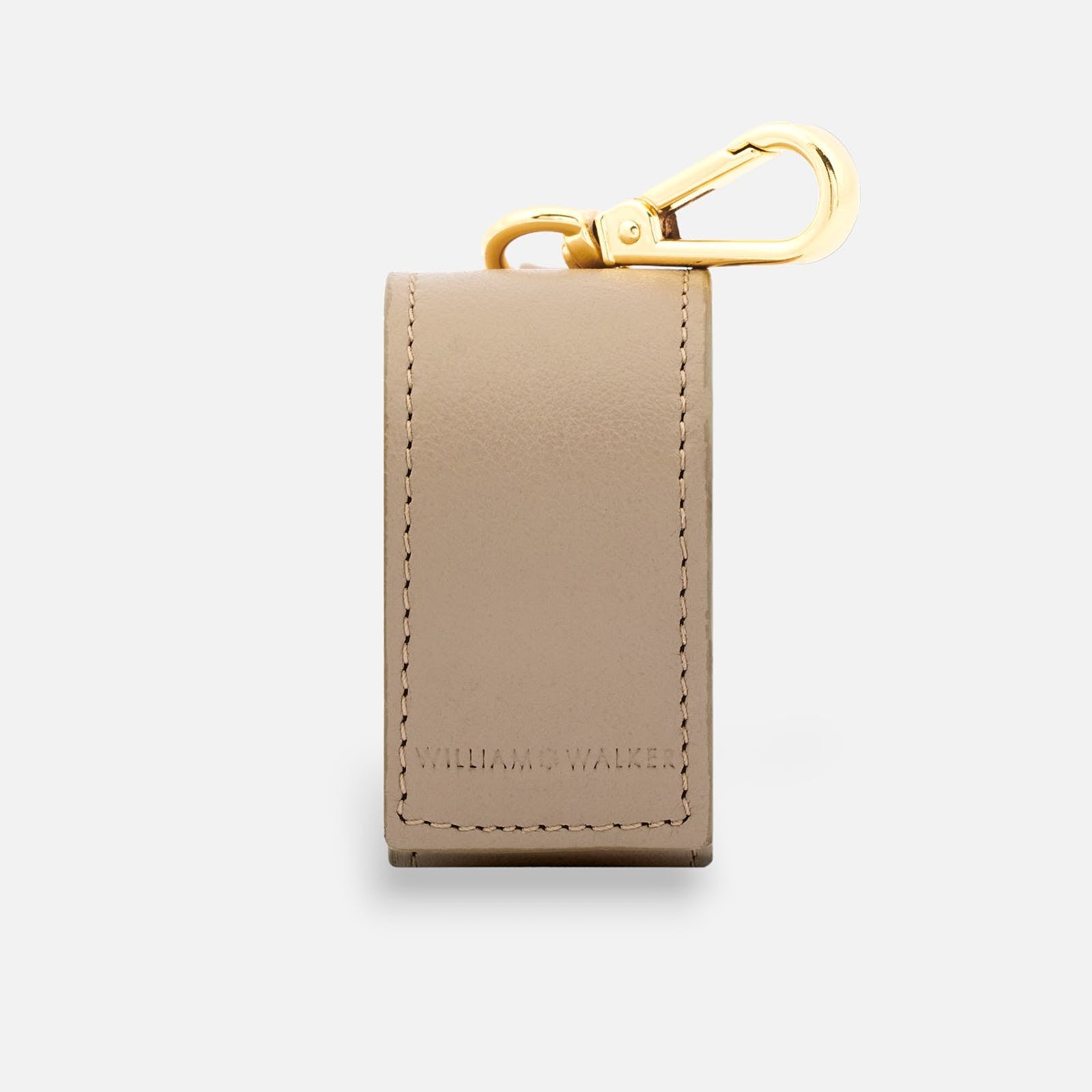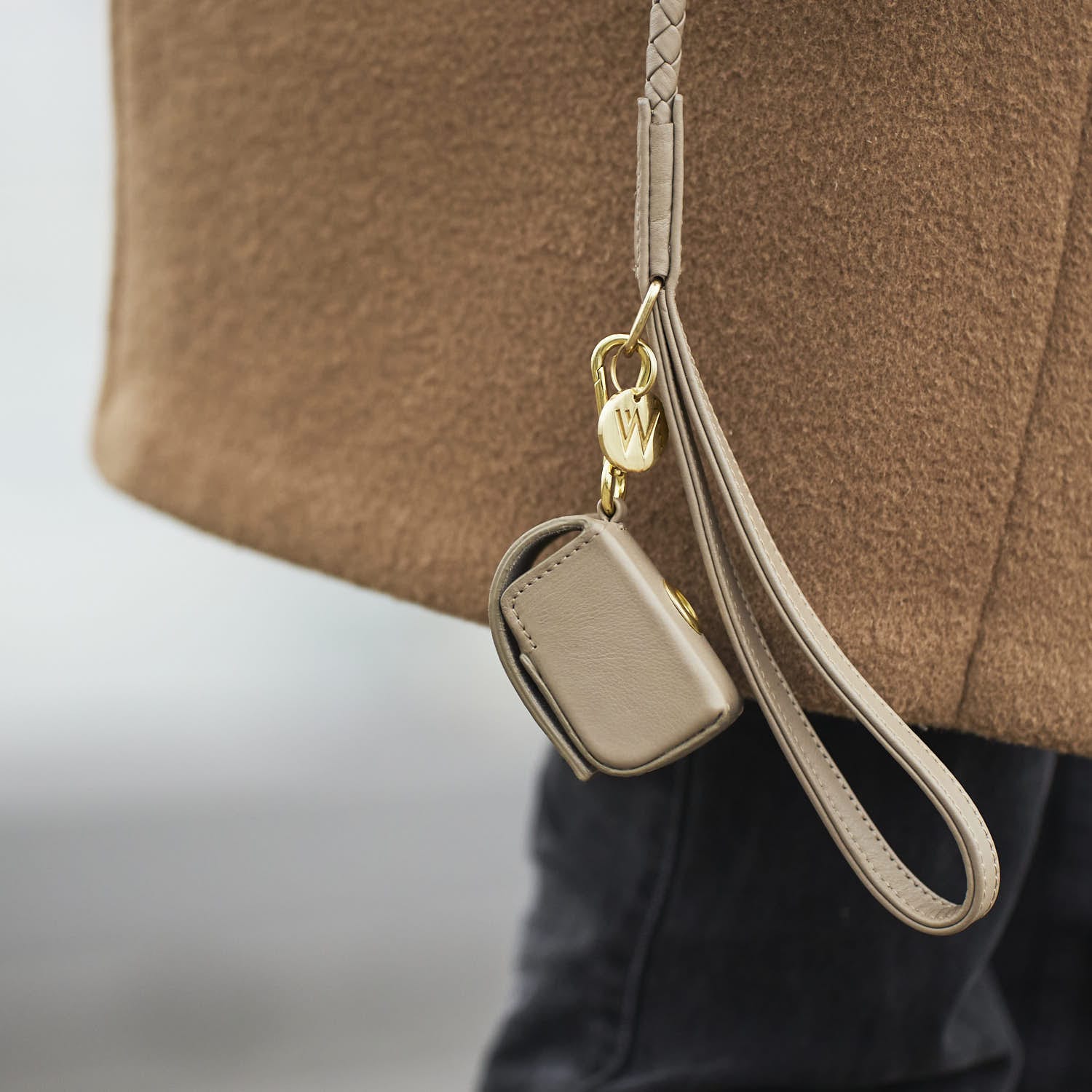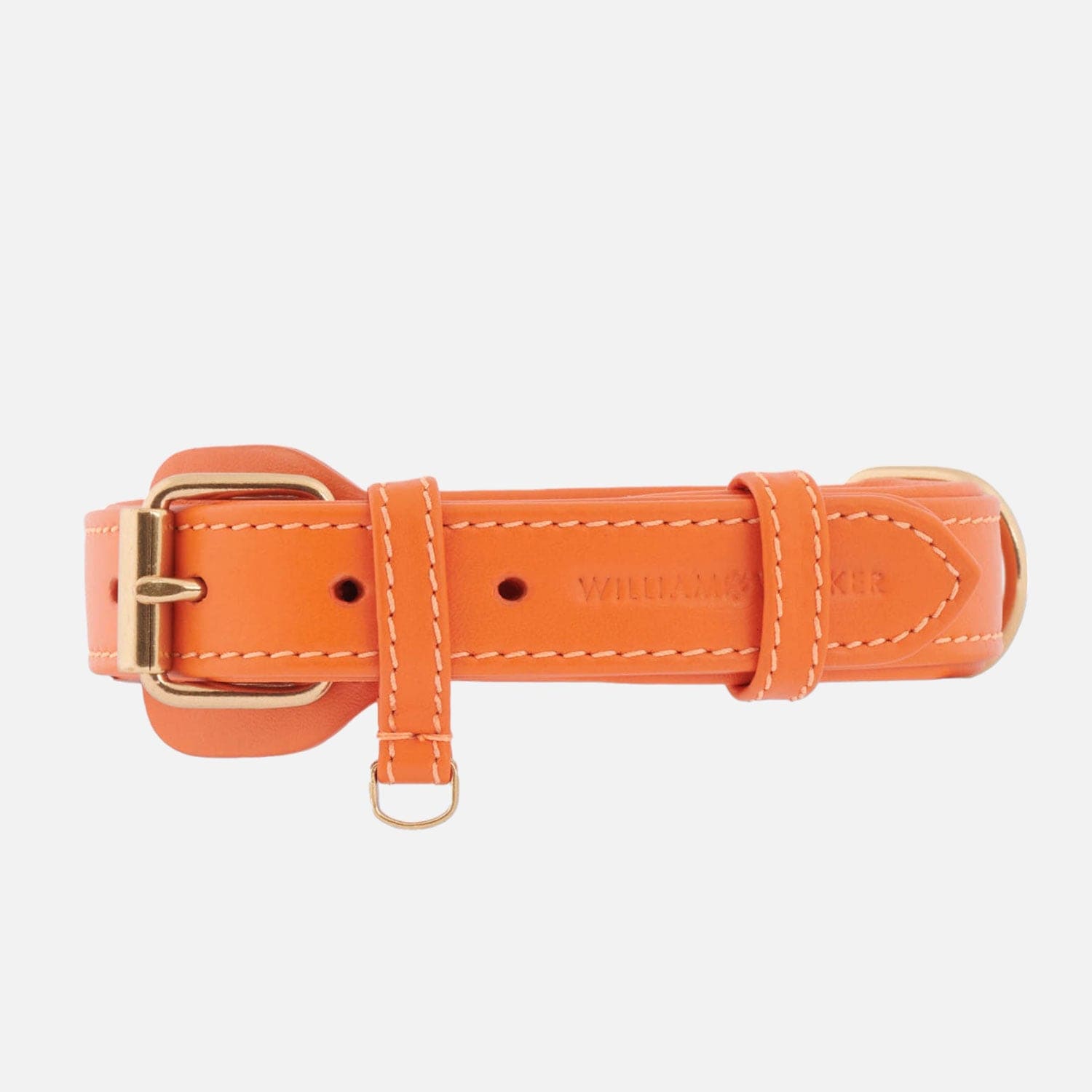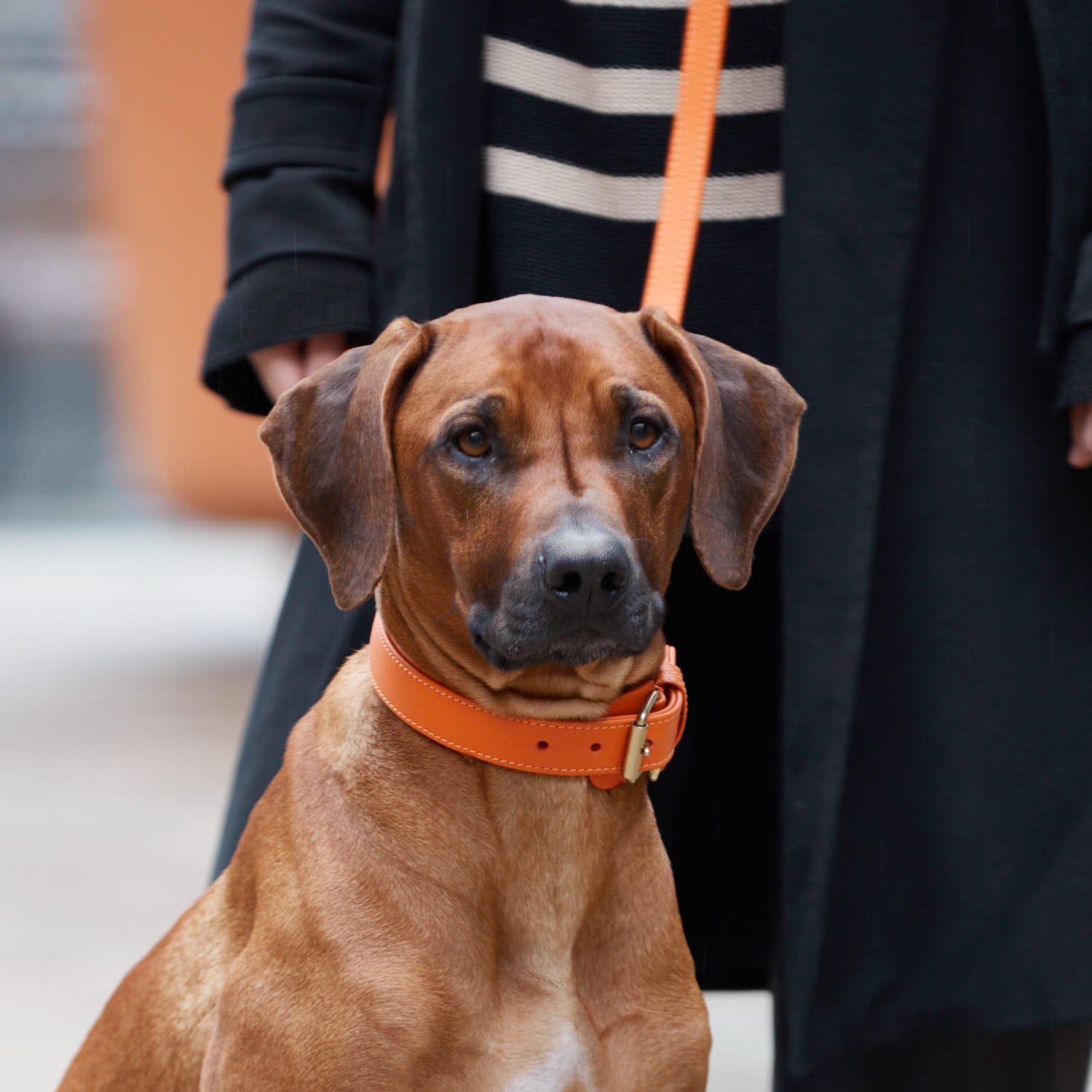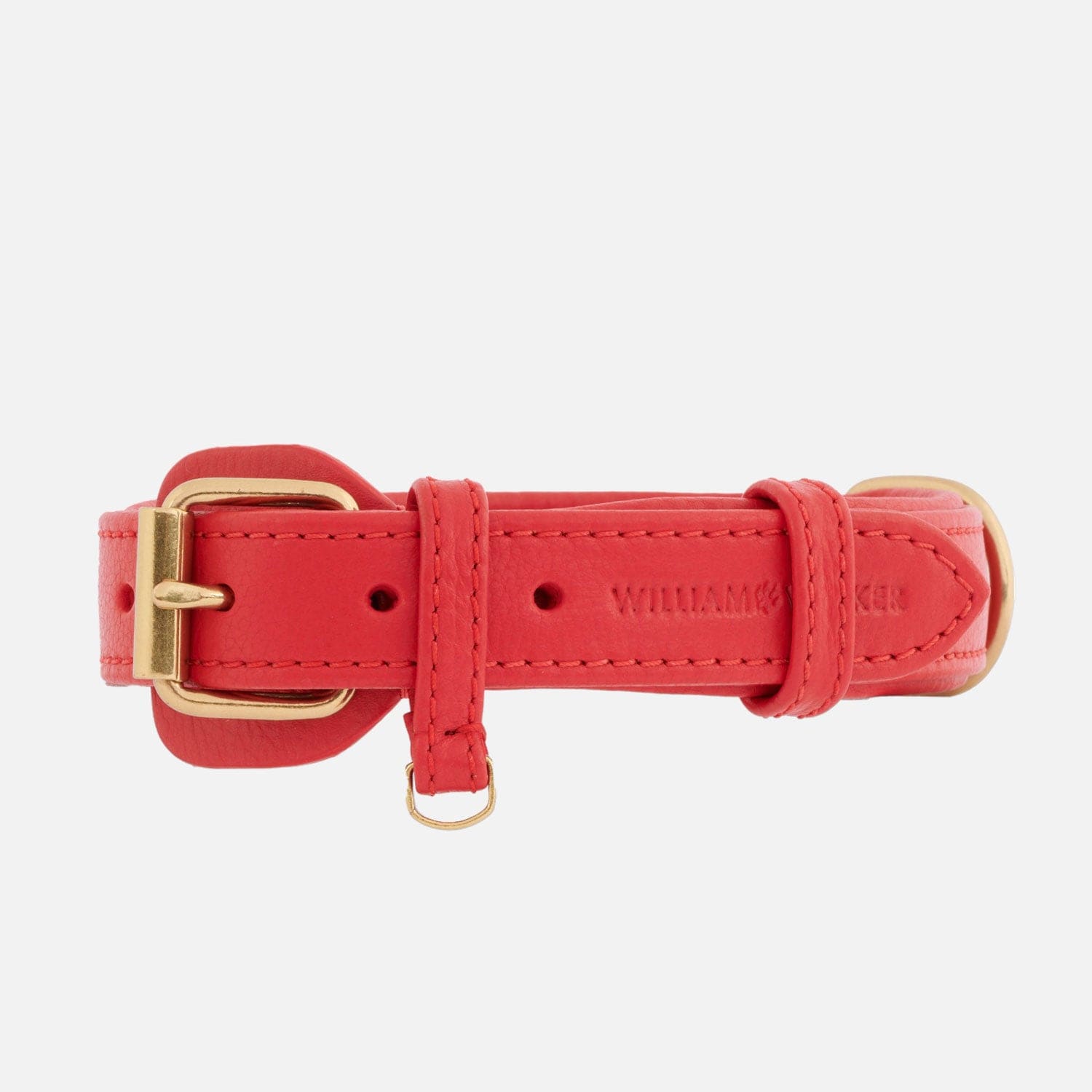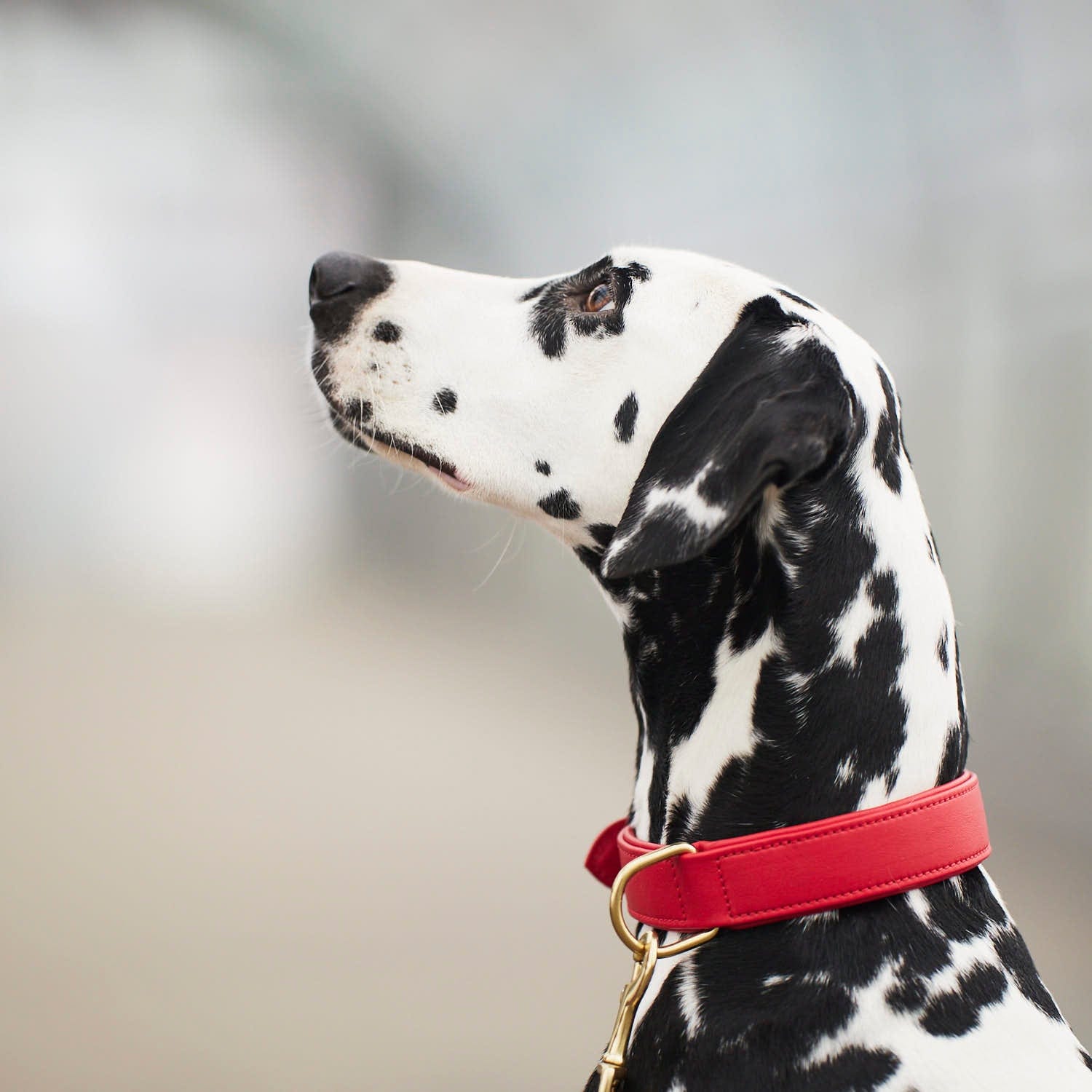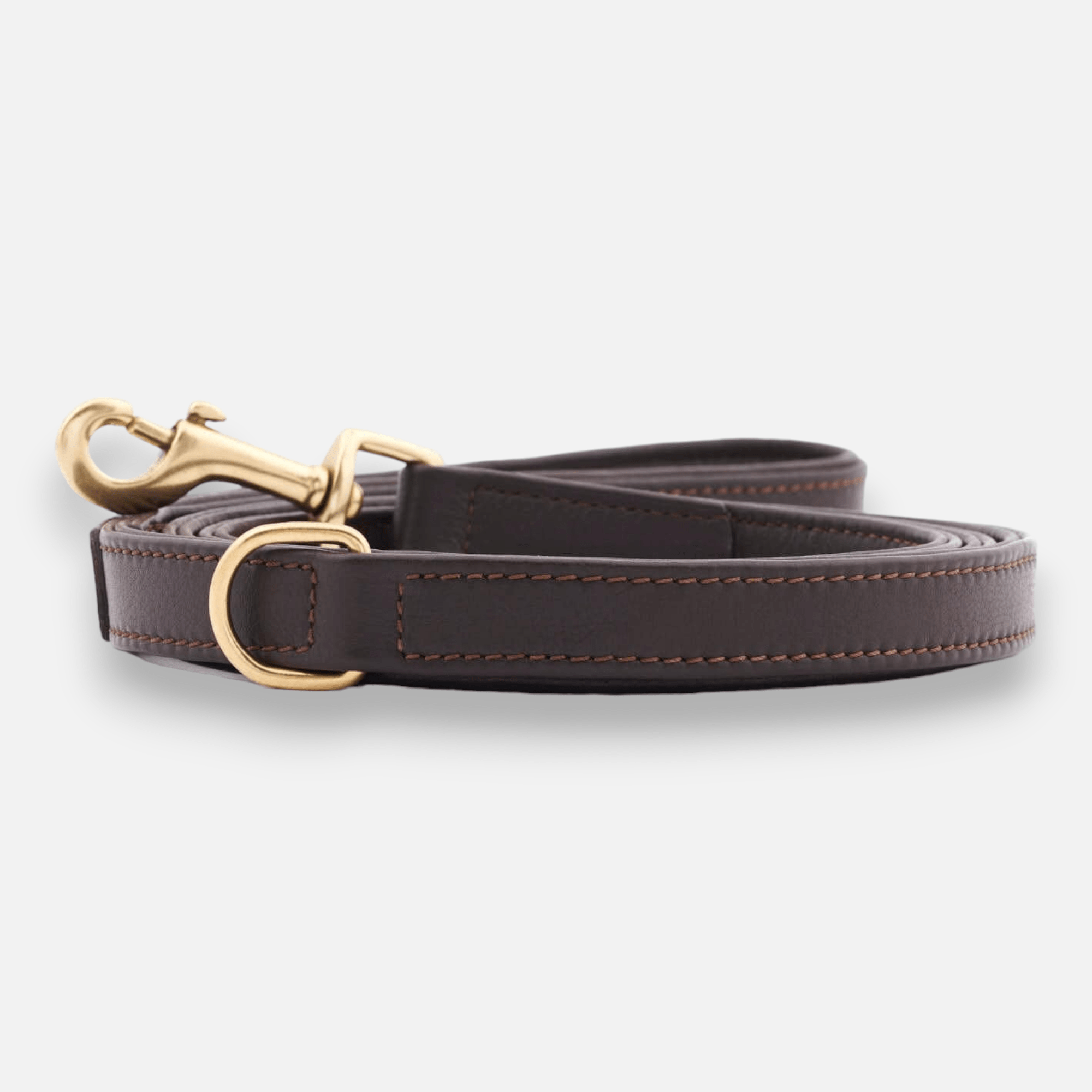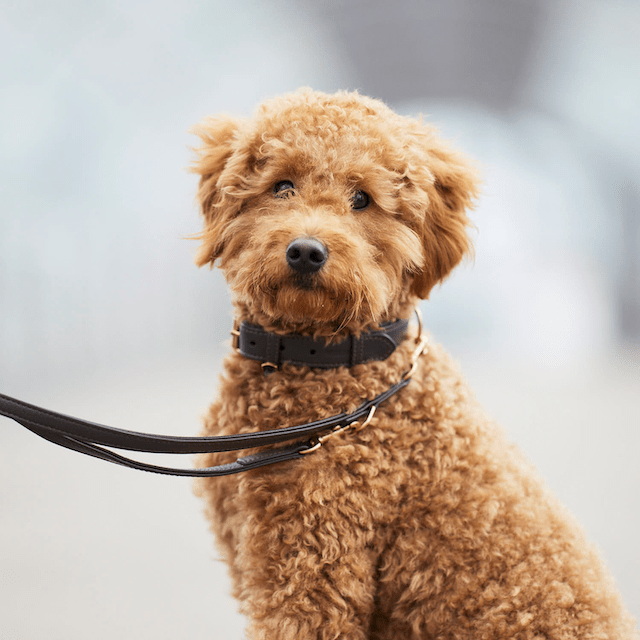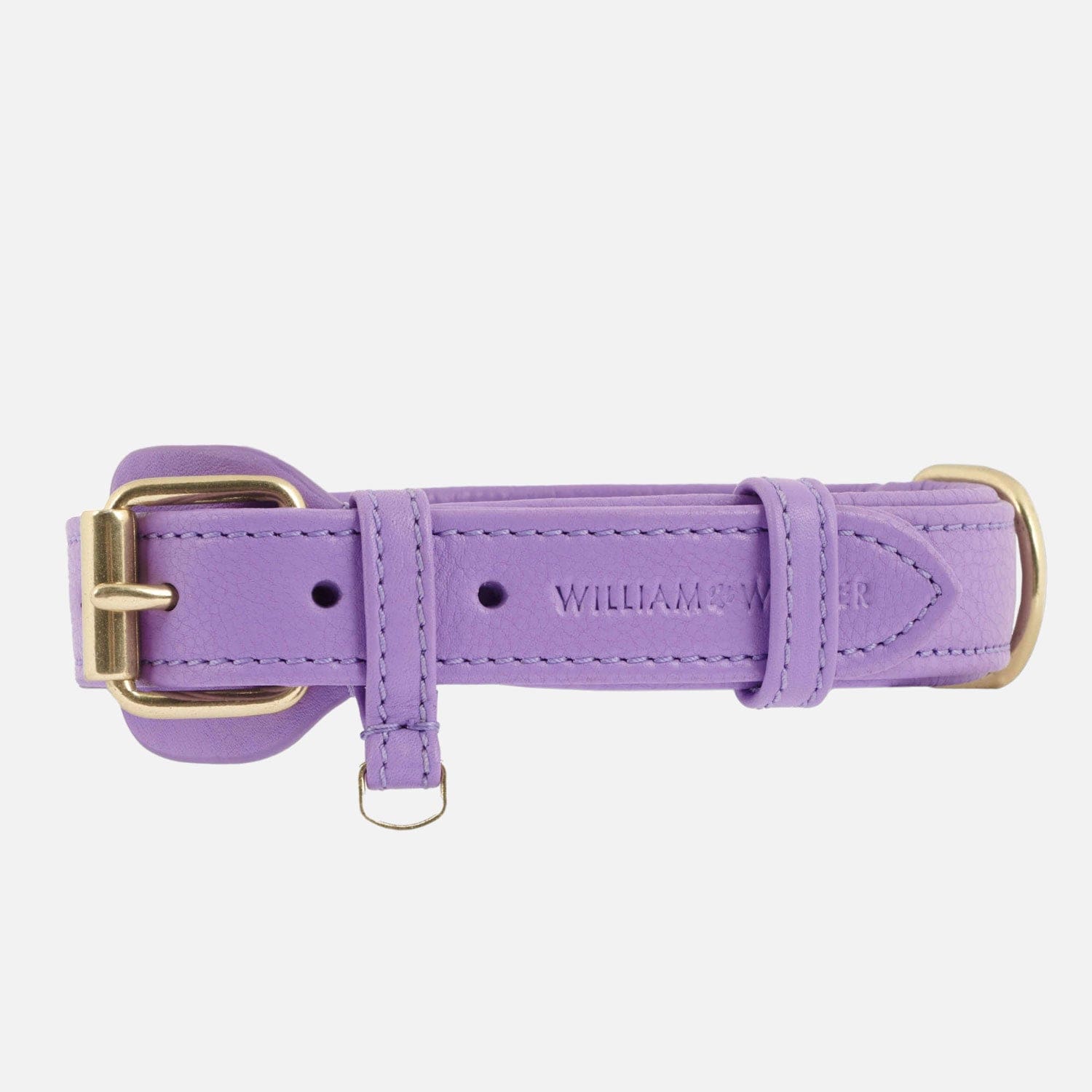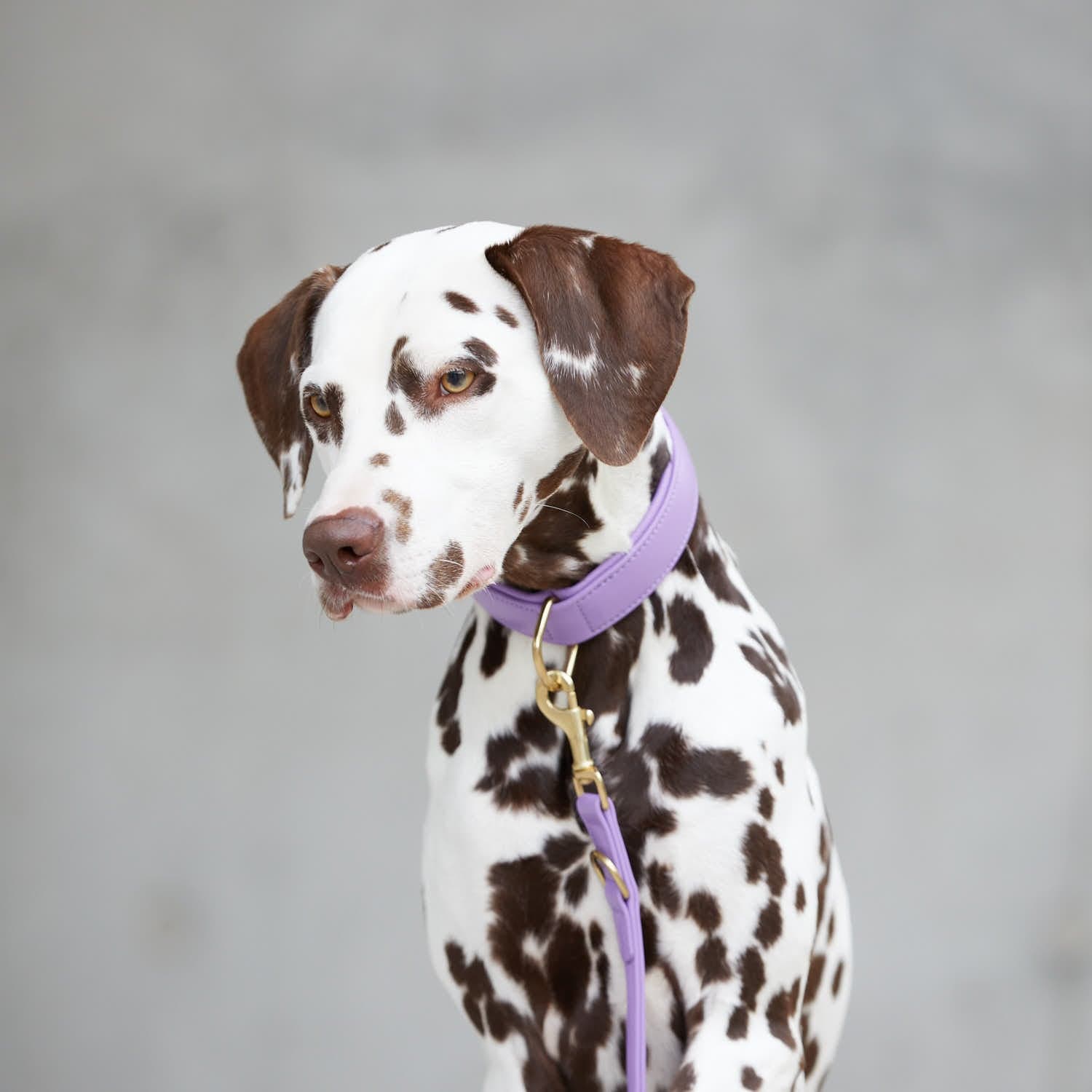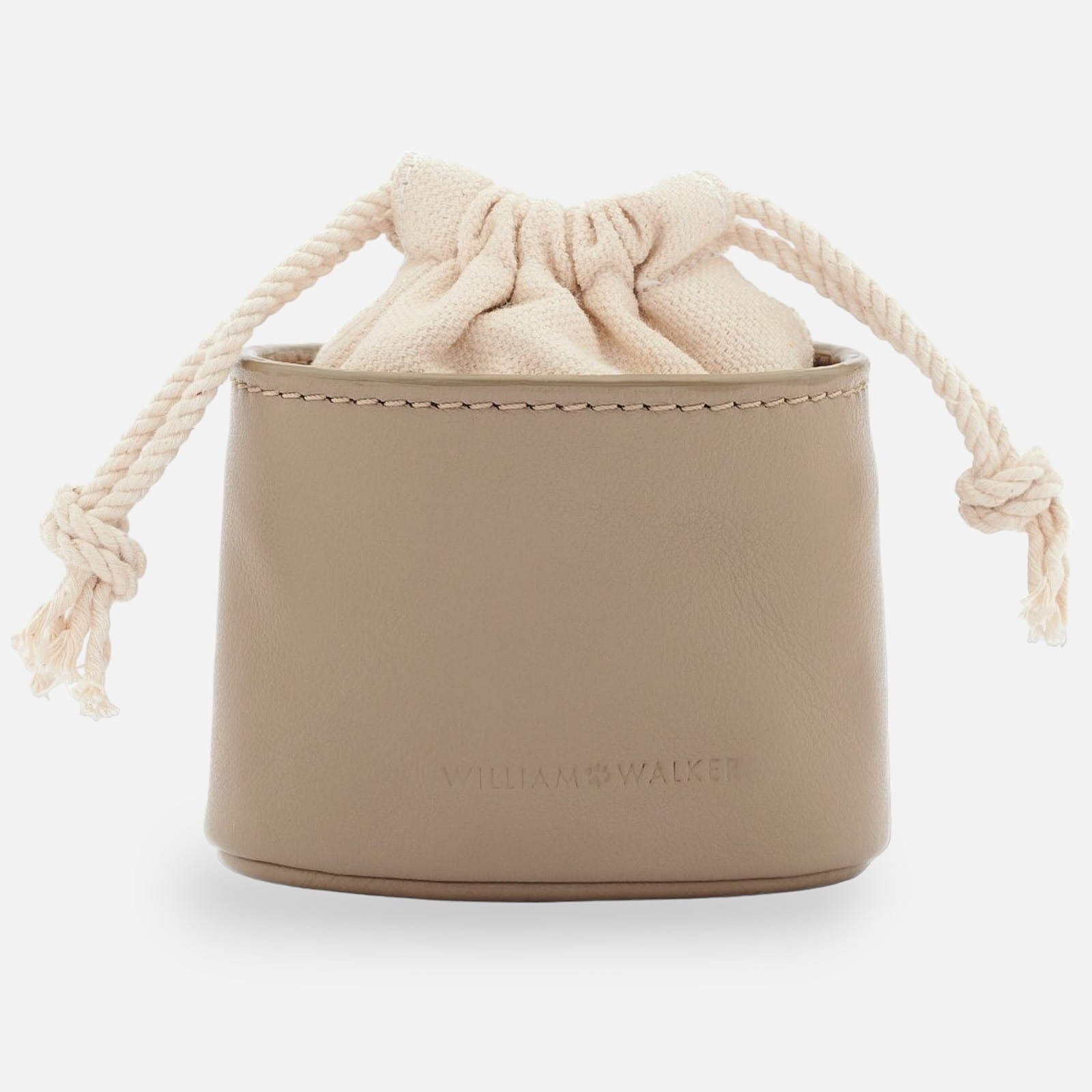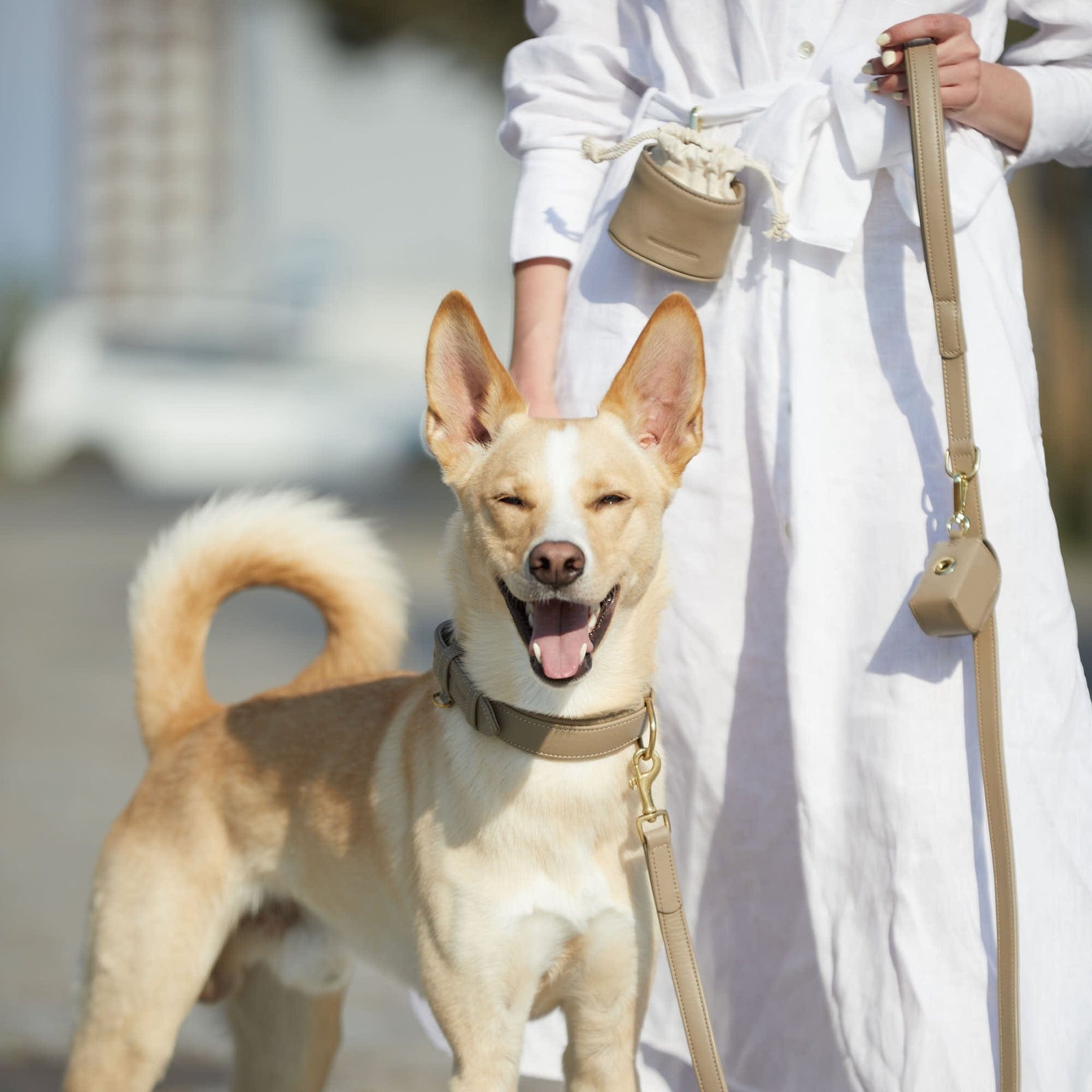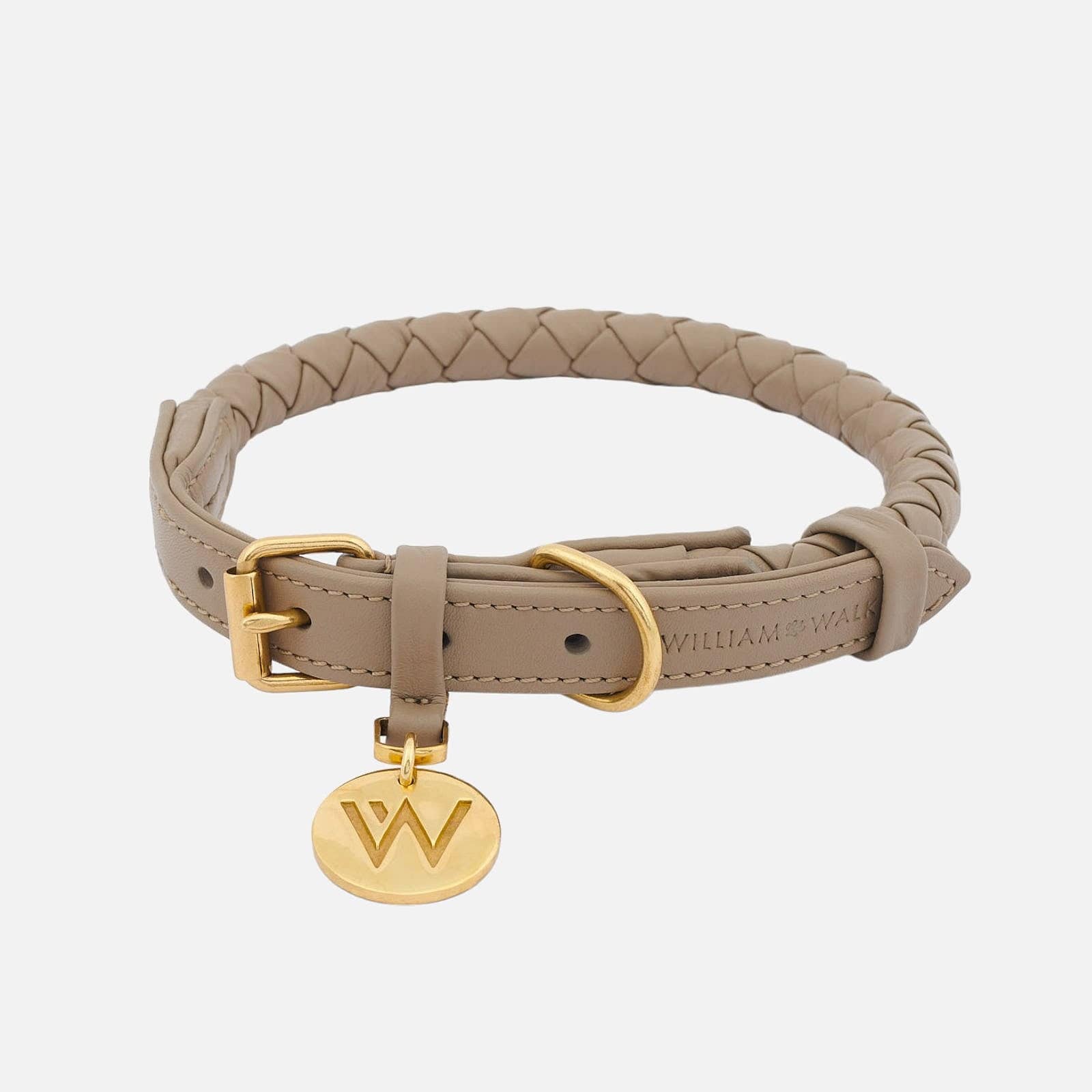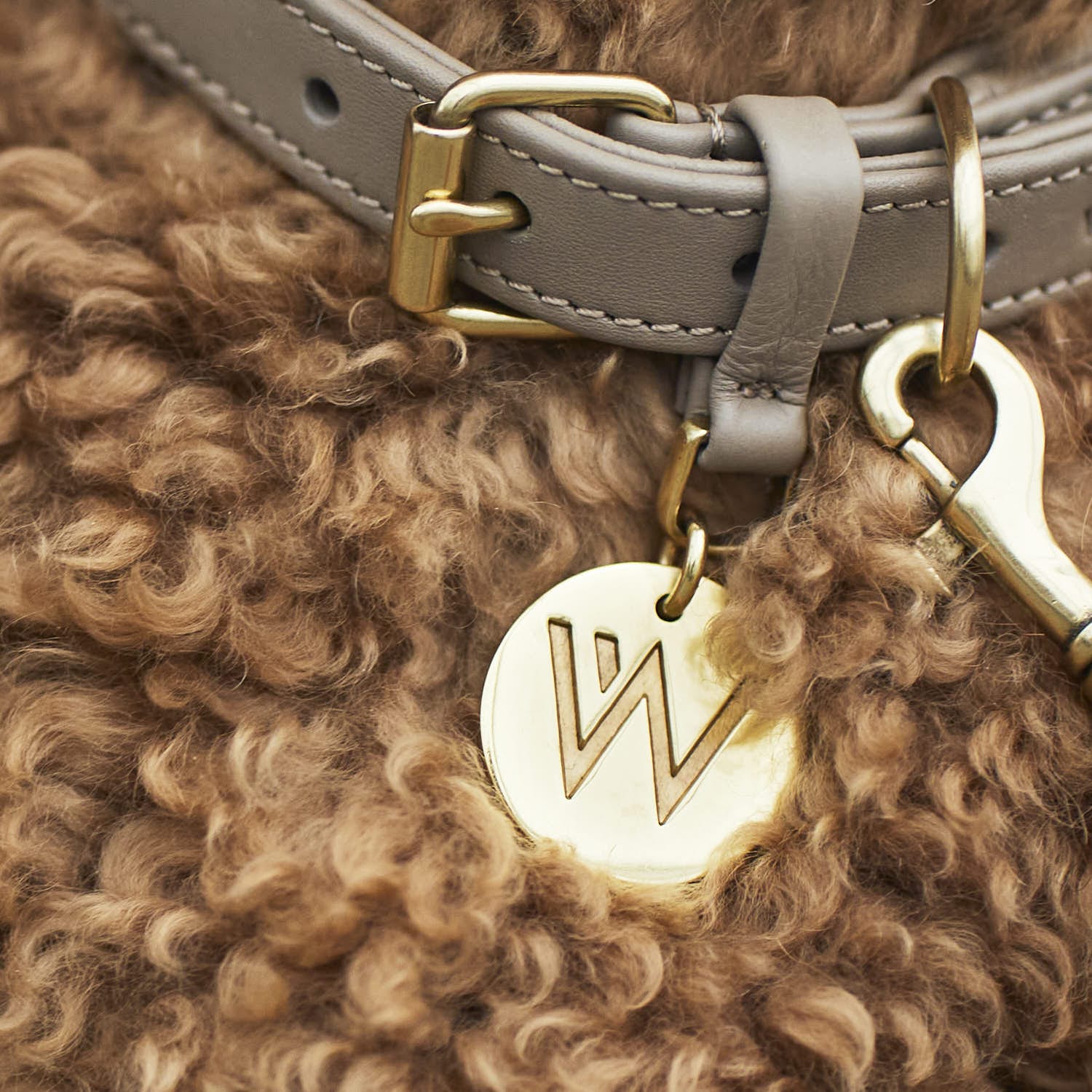What exactly does "dog breed" mean?
A dog breed is a specific and distinguishable breeding of a domestic dog. The Fédération Cynologique Internationale (FCI) currently has about 370 different dog breeds listed and thus recognized. The cynological umbrella organization assigns the dog breeds to different groups and sections based on their appearance and nature. There are 10 FCI groups, including, among others, FCI Group 1: Herding Dogs & Cattle Dogs or FCI Group 3: Terriers.
The choice of dog breed - which dog suits me?
To deal with the different dog breeds is crucial for us humans especially when we want to get a new four-legged friend. Which dog suits me? That is the most important question when buying a dog. It does not always have to be a purebred puppy, because even in the case of mixed breeds from the shelter, the various breed combinations give us information about whether the dog will be very large, for example, or possibly has a hunting instinct. However, not only the breed and its characteristics determine the development and behavior of the four-legged friend, but also the education and socialization.
The Dog with the Dots - The Dalmatian

- Weight: 15 - 32 kg
- Height (Shoulder): 58 - 61 cm
- Ø Life expectancy: 10 - 13 years
- Fur Color: White, black and white
- Breed assignment: FCI Group 6 - Running dogs and bloodhounds
History and origin: Where did the beautiful black Dalmatian with the white spots come from?
The exact history of the Dalmatian is controversial and there are many different theories about the origin of the star of the cinema film "1001 Dalmatians". Today it is assumed that the breed has its origins in "Dalmatia" on the Adriatic coast. The unusual white and black markings associated with Dalmatians develop only 10-14 days after the dogs are born and evolved a long time ago through a mutation. Depictions of a Dalmatian-like dog have already been found on the tomb slab of an Egyptian pharaoh's tomb from around 2000 BC. In historical paintings, they were mostly depicted in hunting scenes and as companions of noblemen's carriages. In this role, the dogs were particularly appreciated, but not only because of their good protective instincts, but also because of their distinguished appearance. Towards the end of the 19th century, Dalmatians became increasingly popular in England as well, so that planned pure breeding began there. The displacement of carriages by cars and the effects of the war resulted in a worldwide reduction of the Dalmatian population. It is only thanks to the English Dalmatian lovers that the breed has survived.
Character and temperament of the Dalmatian
The Dalmatian is an affectionate and friendly dog. He is full of energy and drive. He is an adaptable dog with a pronounced sensitivity to stress and a great need for love and attention. With good training, enough exercise and affection, he has what it takes to be a family dog. He is also very eager to learn and attentive, but needs a loving upbringing without force and with patience. However, a Dalmatian can also be very stubborn - then he absolutely wants to have his own way. A well-socialised Dalmatian is friendly and calm towards strangers and other dogs.

Training - the Dalmatian is an active dog
The Dalmatian is a little sportsman and needs a lot of exercise, preferably through specific dog sports. He does not exhaust himself completely during training and is therefore much more capable of learning. When training the Dalmatian, you should work a lot with praise and positive reinforcement to make him understand that being good is fun. With loving consistency and a good balance between exercise and rest, the Dalmatian will become a great companion, but it should be made clear to him from time to time that the human is the boss. This means that typical dominance behaviour, especially in males, must be stopped right from the start. Visiting a dog school is clearly recommended - here you can be helped with many tips and tricks for raising Dalmatians. In addition, the Dalmatian has a hunting instinct, which he should learn to control as a puppy. Individual lessons may be appropriate here, depending on the dog - after all, the recall of the four-legged friend should work perfectly in every situation.
Keeping of the Dalmatian
The Dalmatian wants to be challenged and kept busy all his life. For example, he loves to play hide and seek with his favourite people and to romp around. He enjoys being outdoors and, due to his size, does not feel comfortable in cramped city flats. Before buying a Dalmatian you should have some dog experience and live in a suitable environment for dogs of this type. Exercise is essential for a Dalmatian. Due to his thin coat, he should wear a coat/sweater in colder temperatures. A garden is no substitute for a walk, preferably lasting several hours. It is ideal to take him jogging or to let him run alongside a bicycle. After each long exercise, he should have a rest period to come down. Dalmatians should also be fed a low-purine diet, as they can have a disturbed uric acid transport system. Fish, yeast and intestines are particularly high in purine.
Fashion and Care Tip/Size Recommendation for the Dalmatian
The Dalmatian has a neck circumference of 40 - 50 cm and therefore needs collar size L at William Walker. For a Dalmatian we recommend our Nobile Nero set of collar and leash, which fits the Dalmatian's noble appearance perfectly. In addition, the high-quality leather is also very robust and durable, which are important characteristics for any accessories for the playful Dalmatians. We can also recommend the William Walker paw balm for such an active dog. The Pawcare paw balm has a pleasant smell and makes paws wonderfully soft. It is also suitable for humans, is made from 100% organic ingredients, is easily absorbed and leaves no greasy film. This makes wild romps really fun.
For more impressions of this beautiful dog breed, check out the #friendsofwilliamwalker Dalmatian Duke from our Photo of the month #8.
